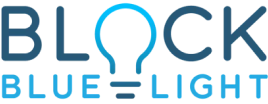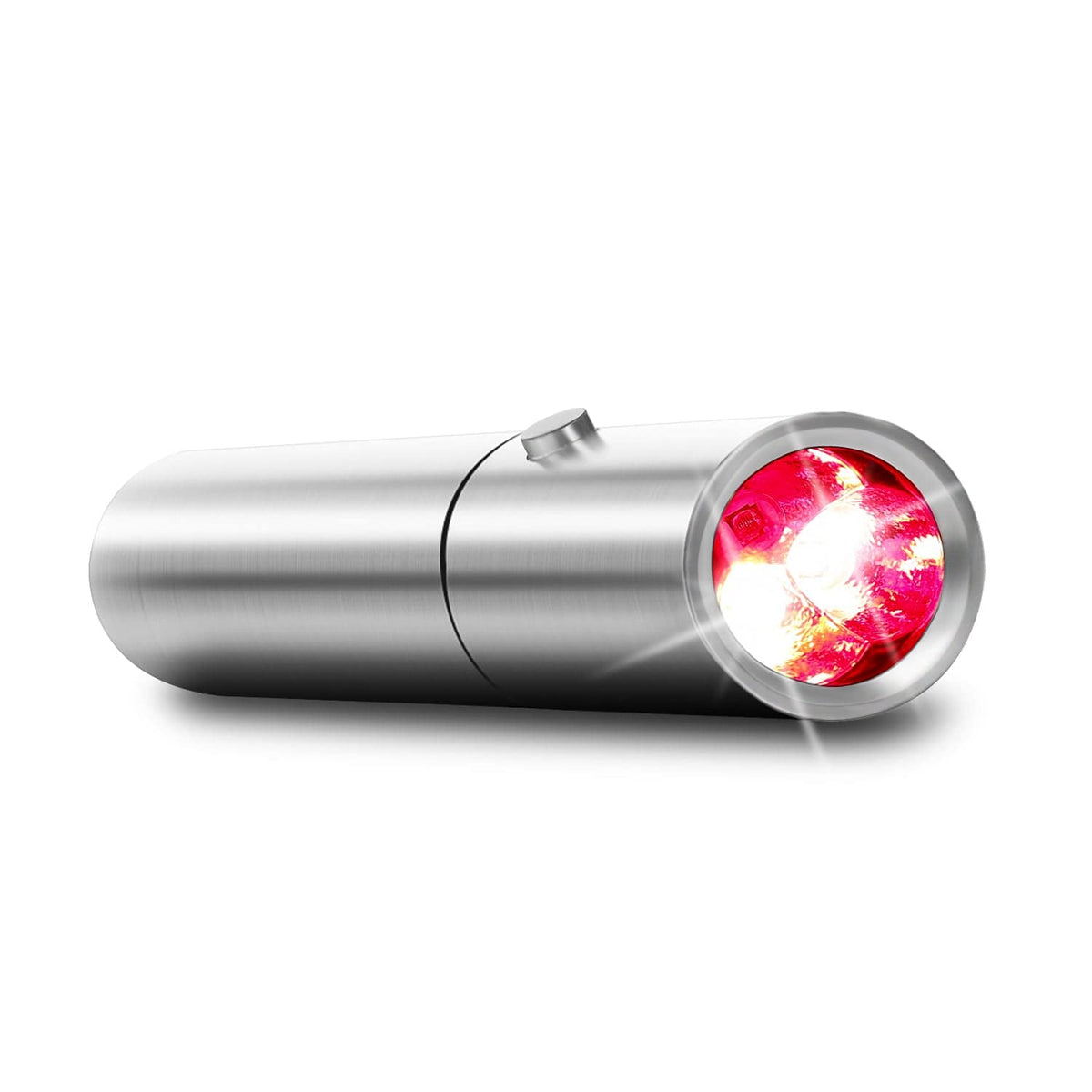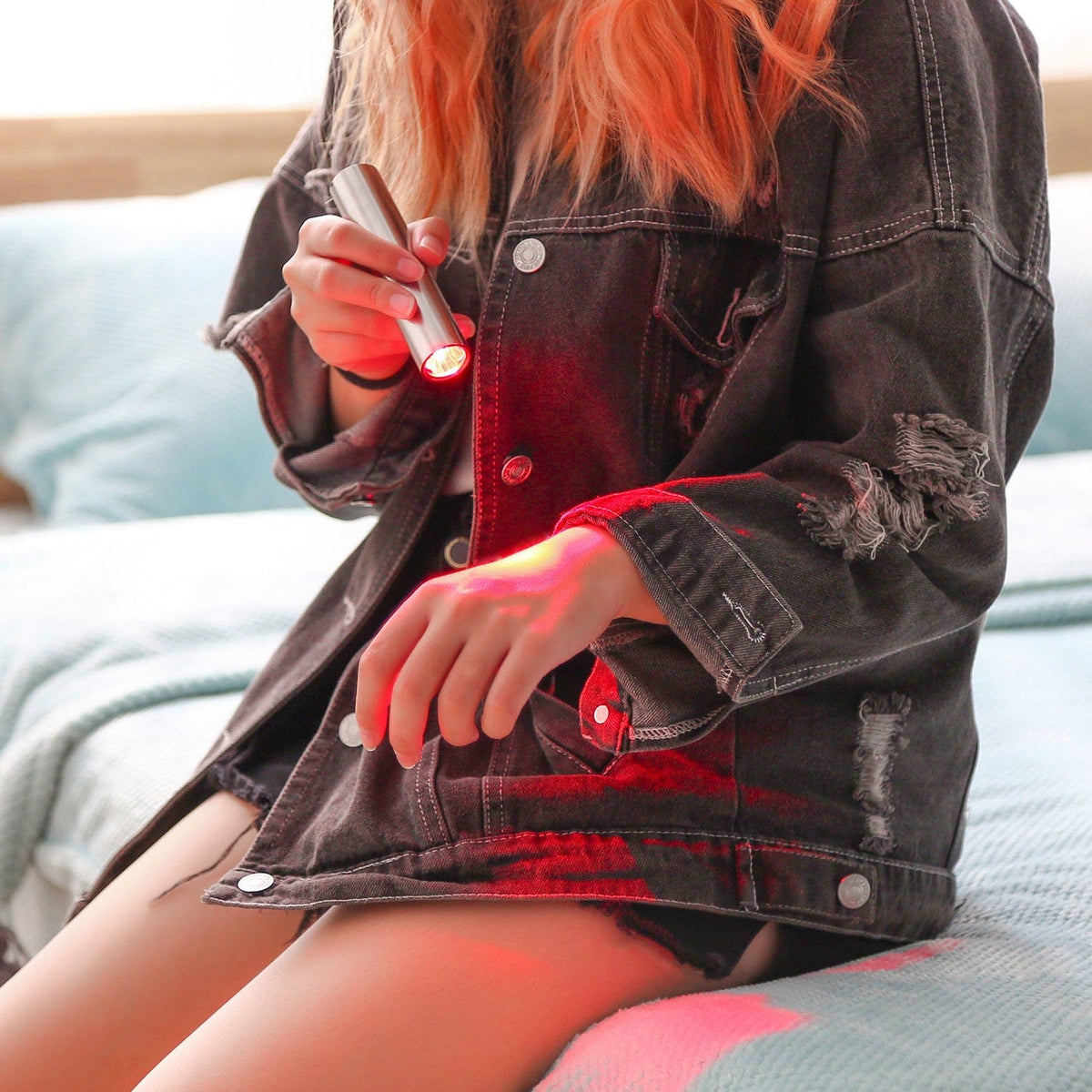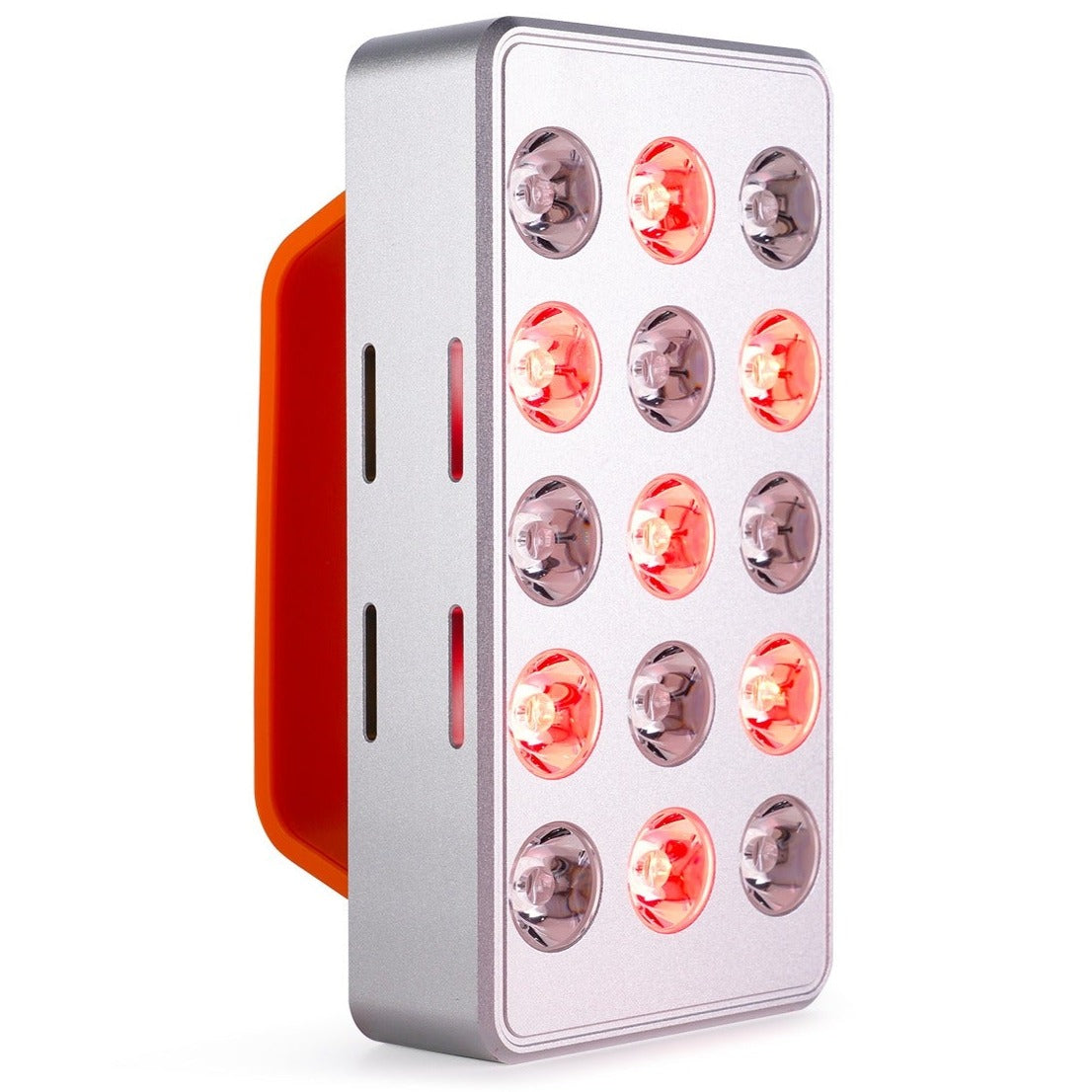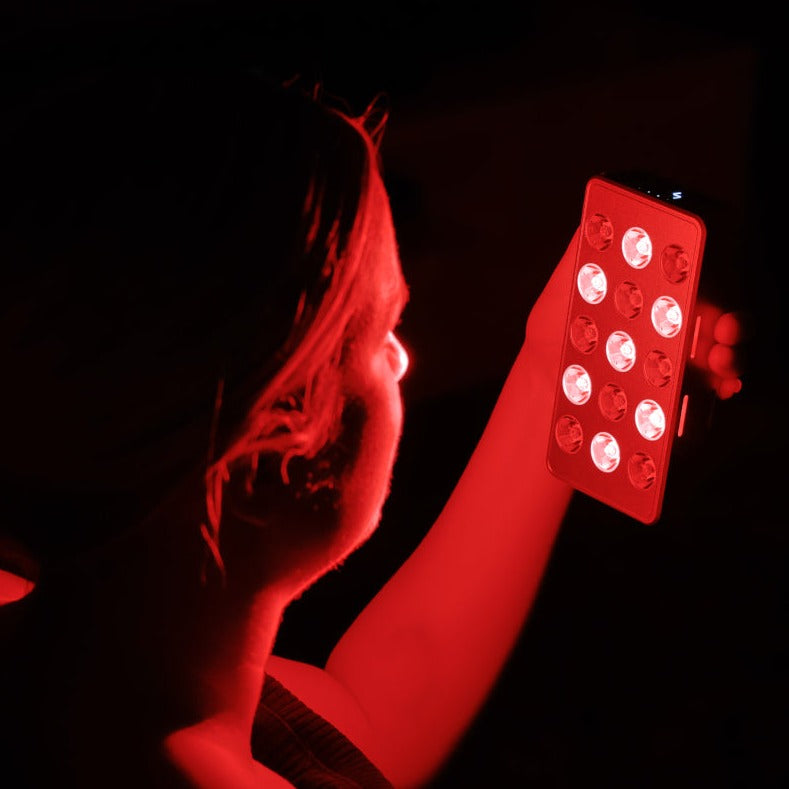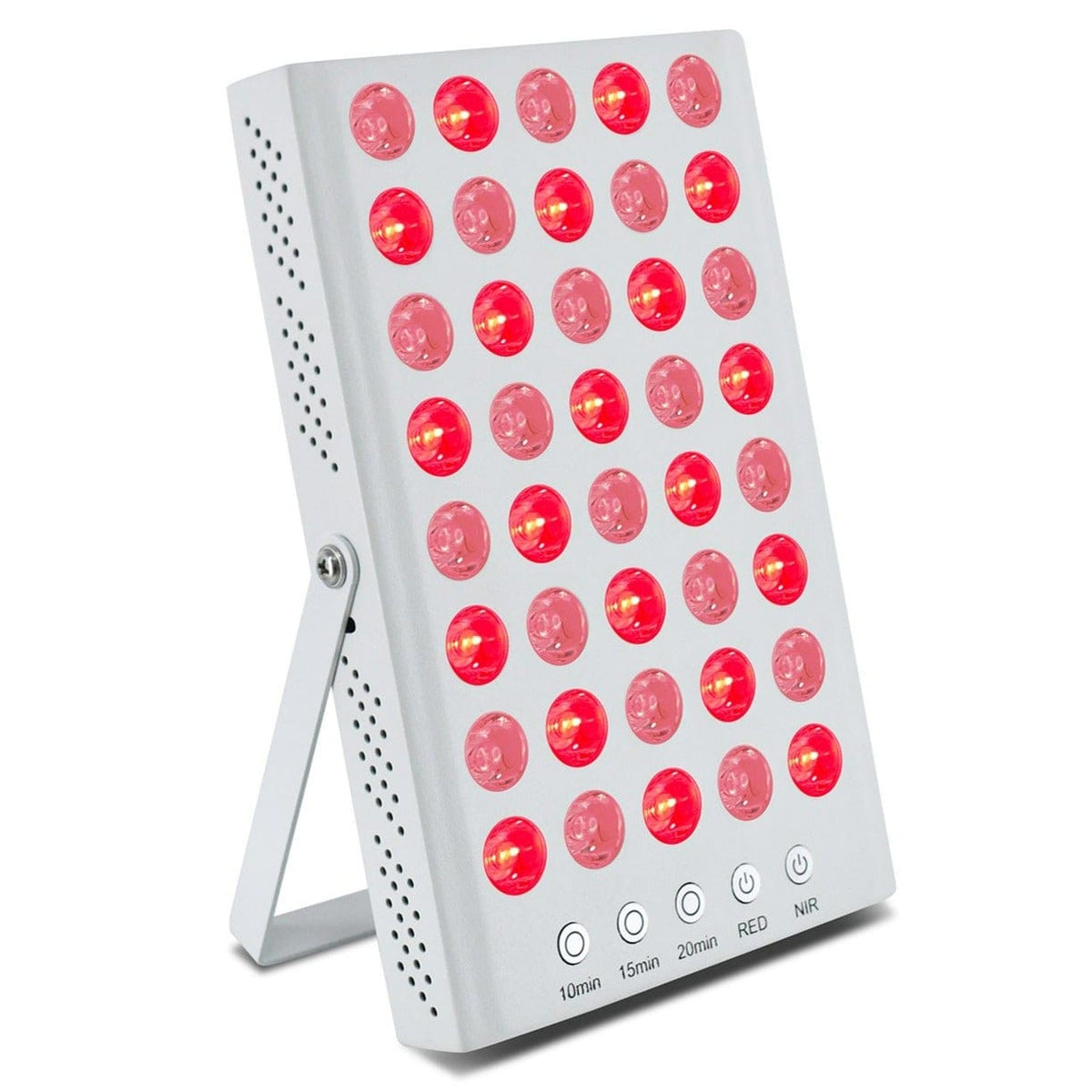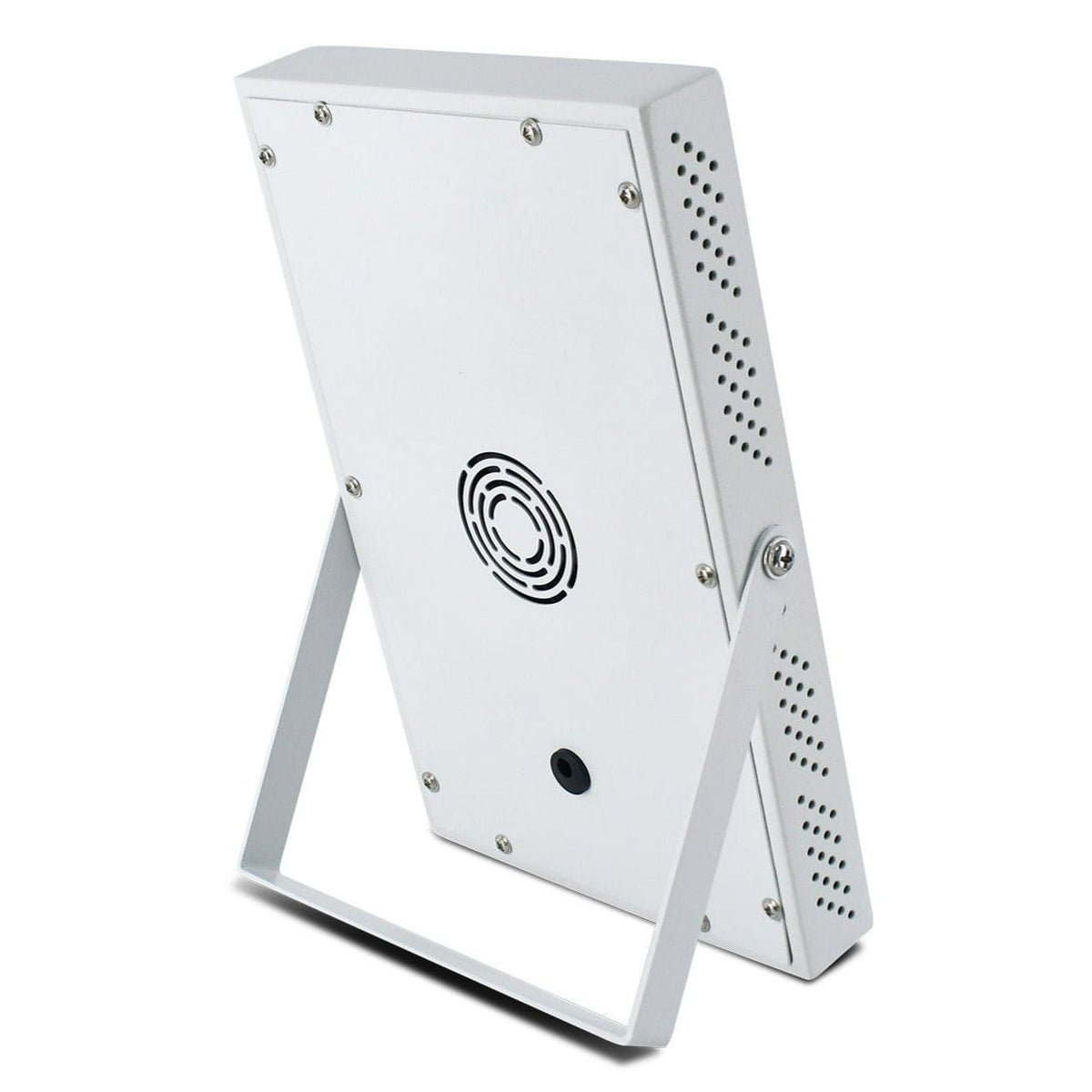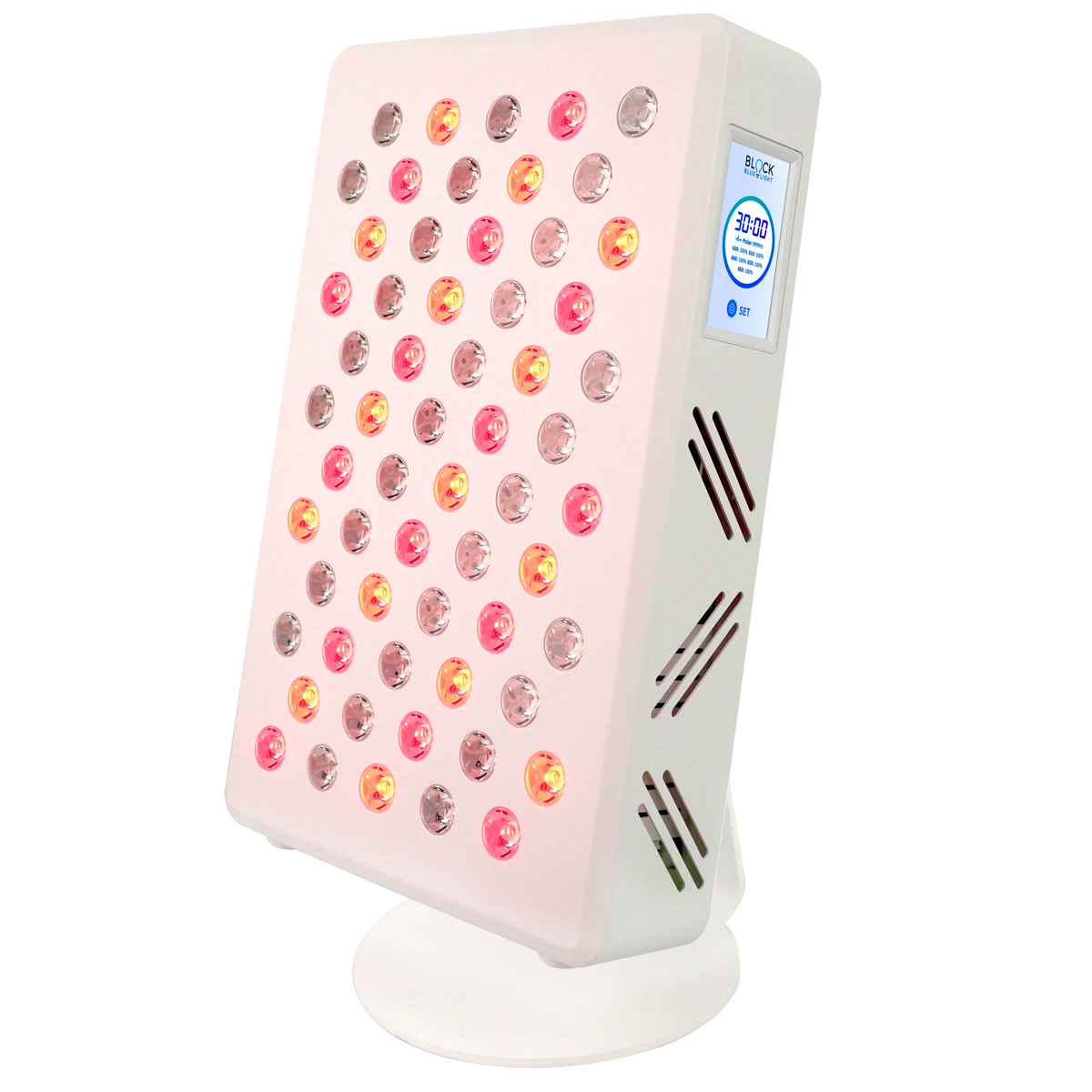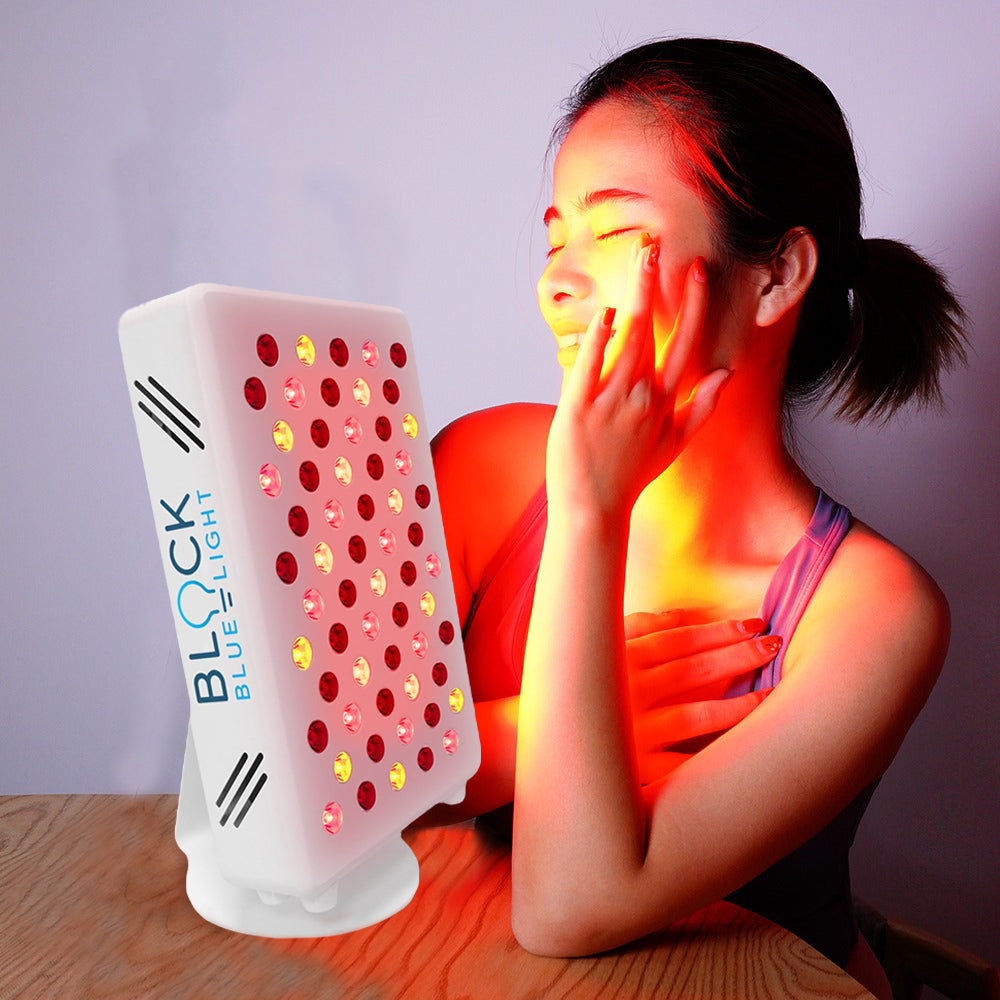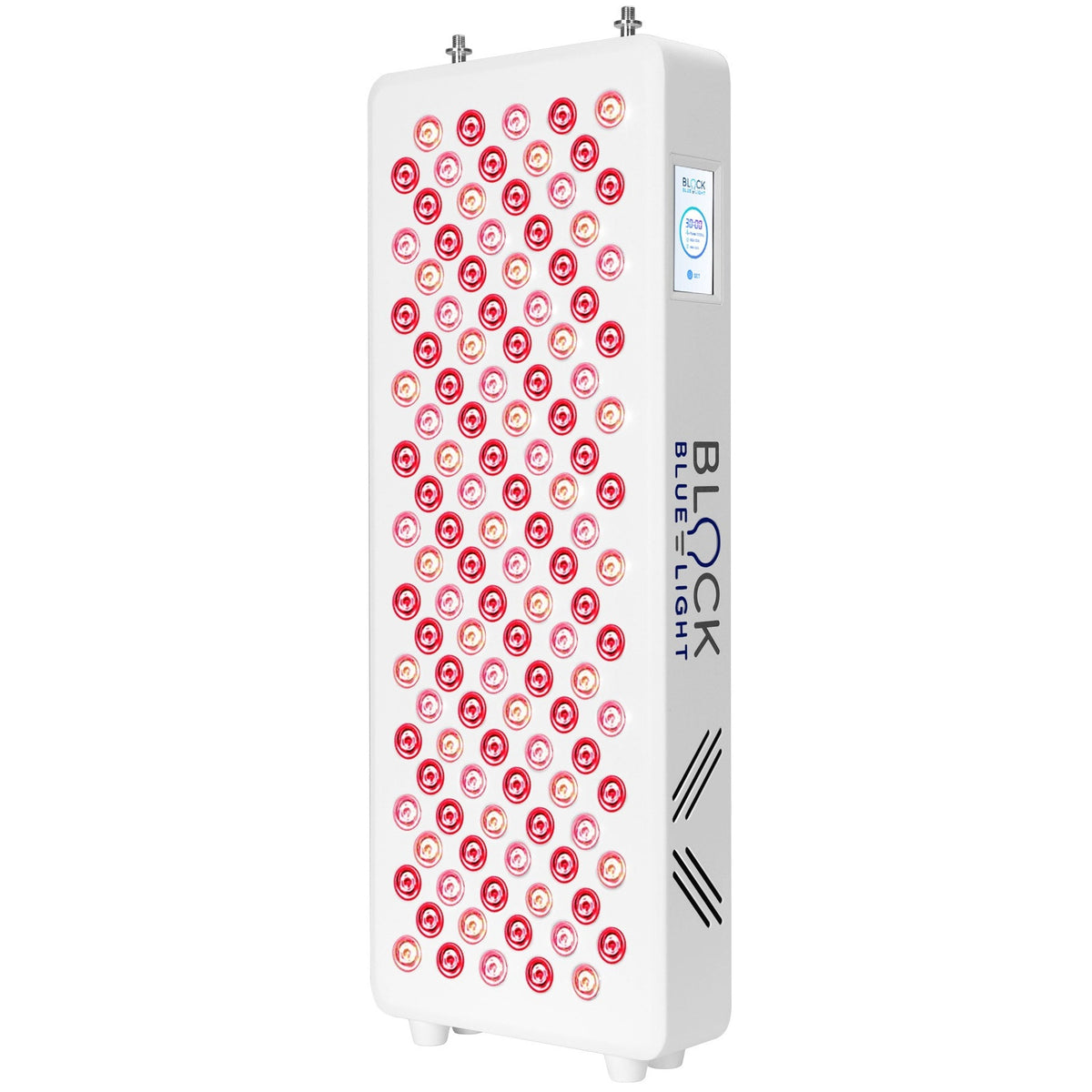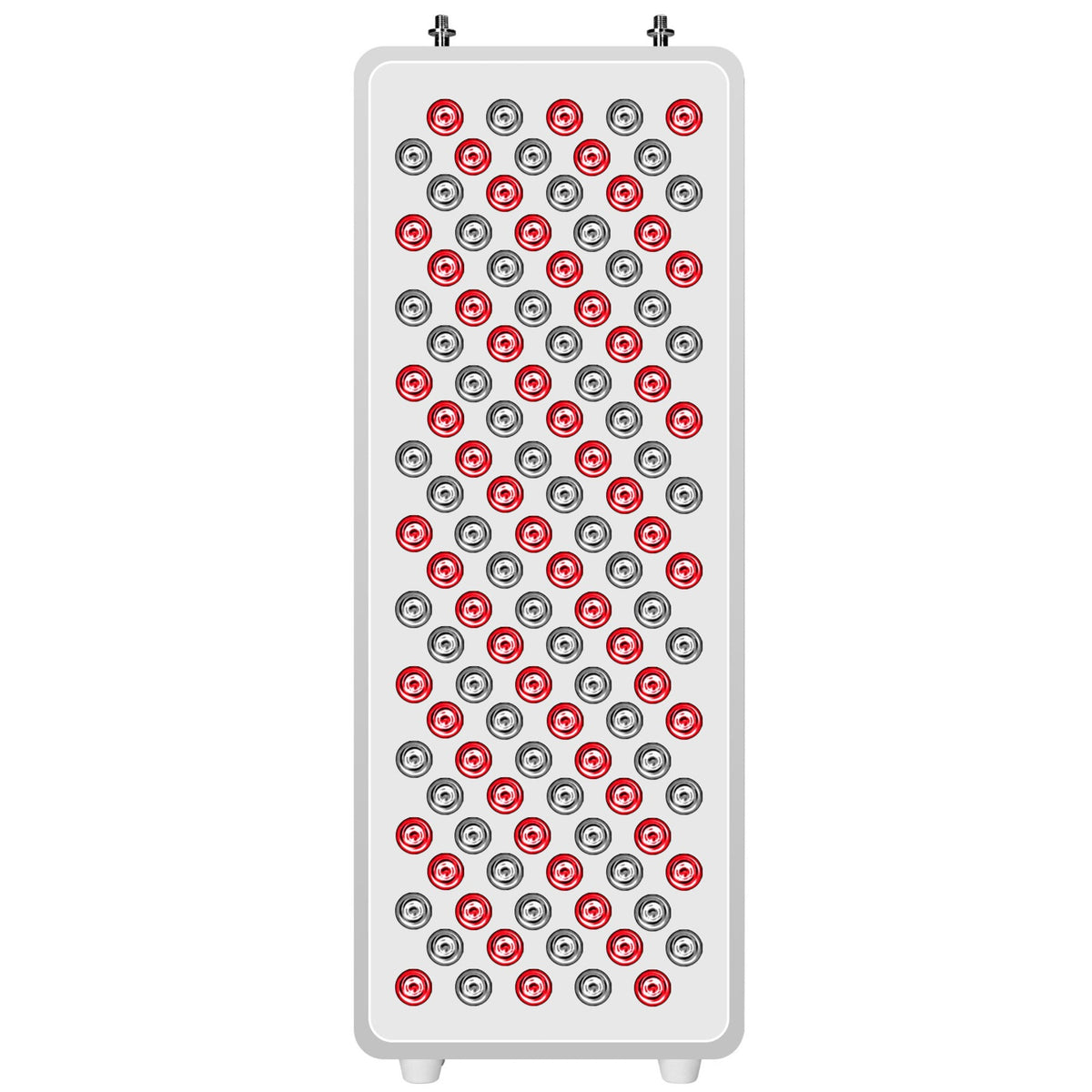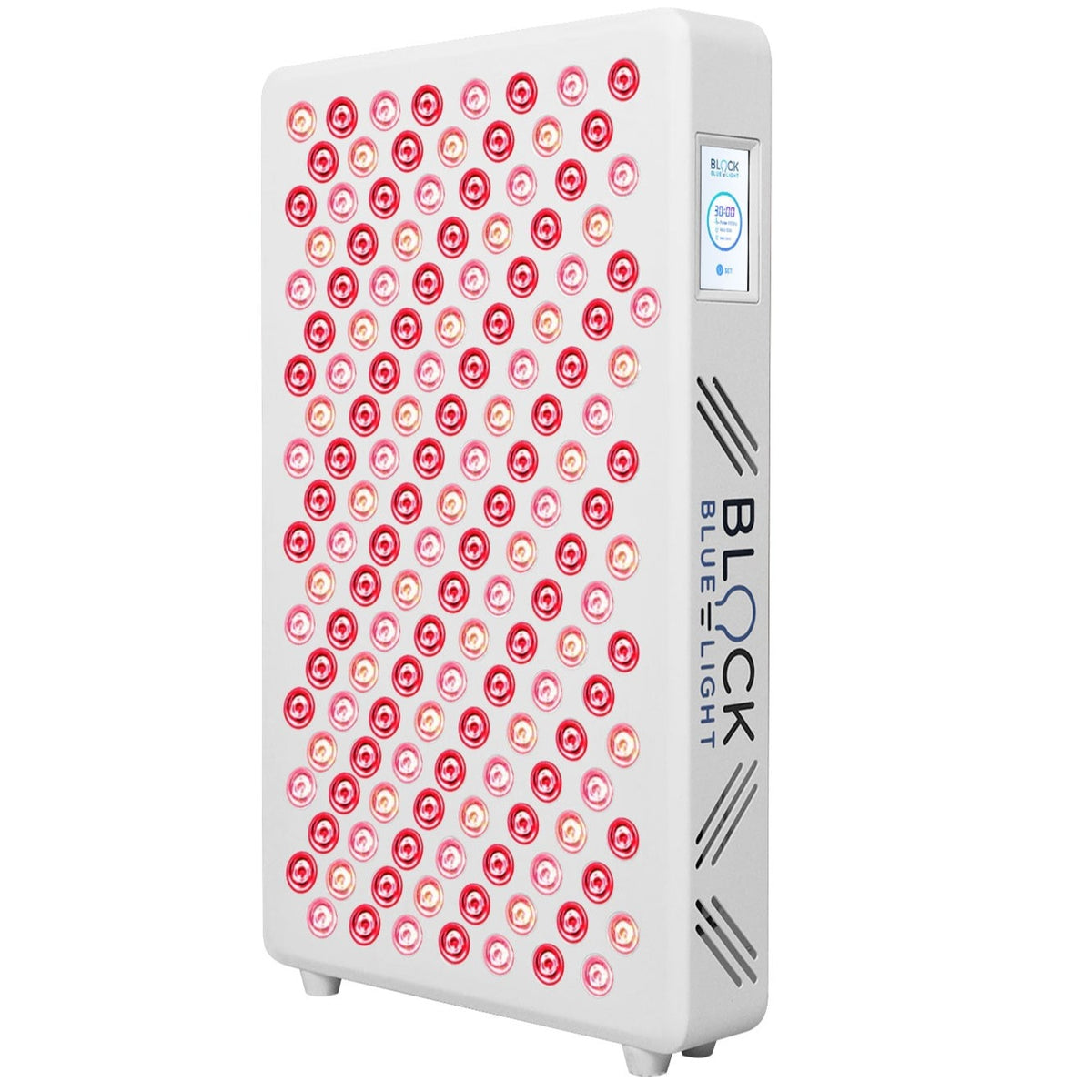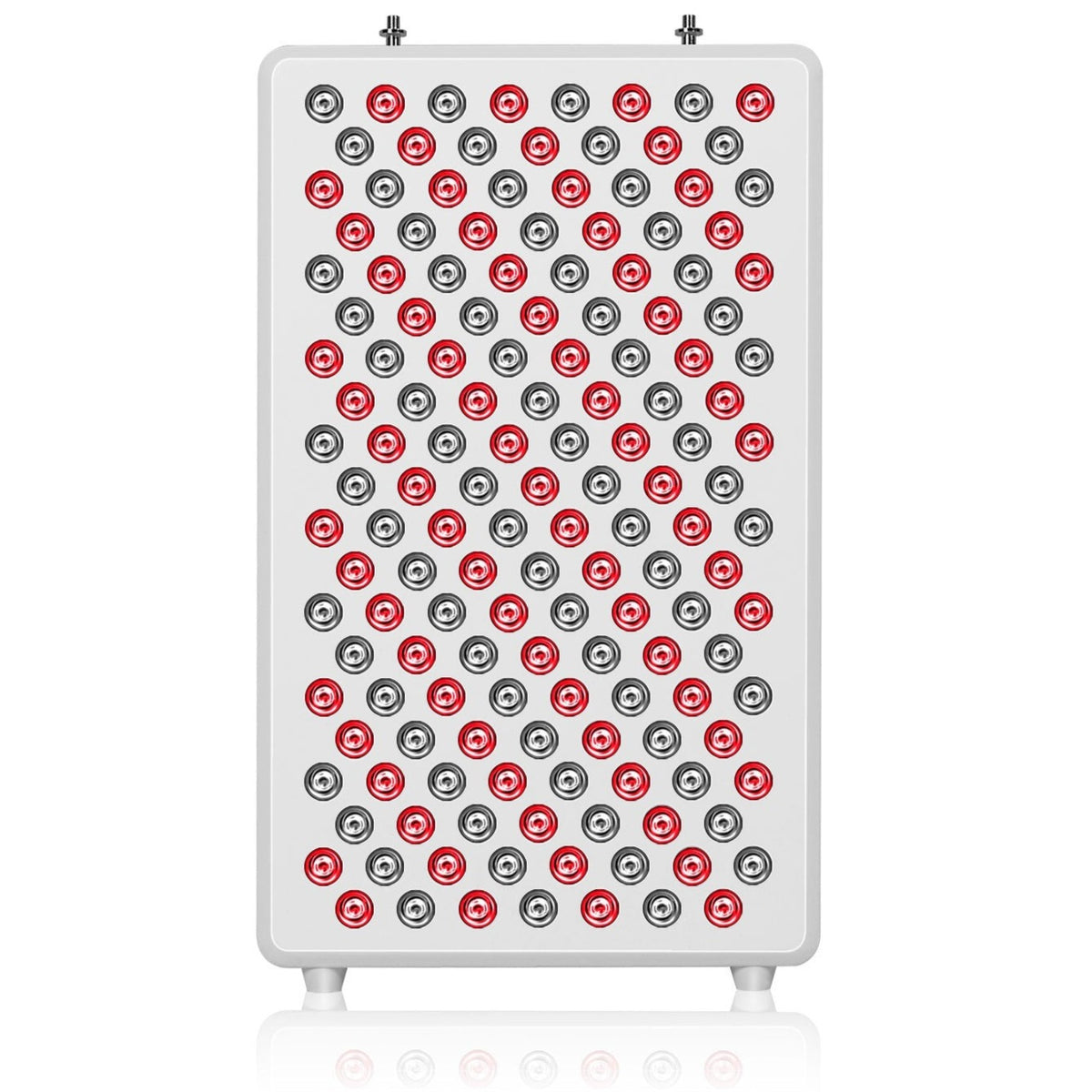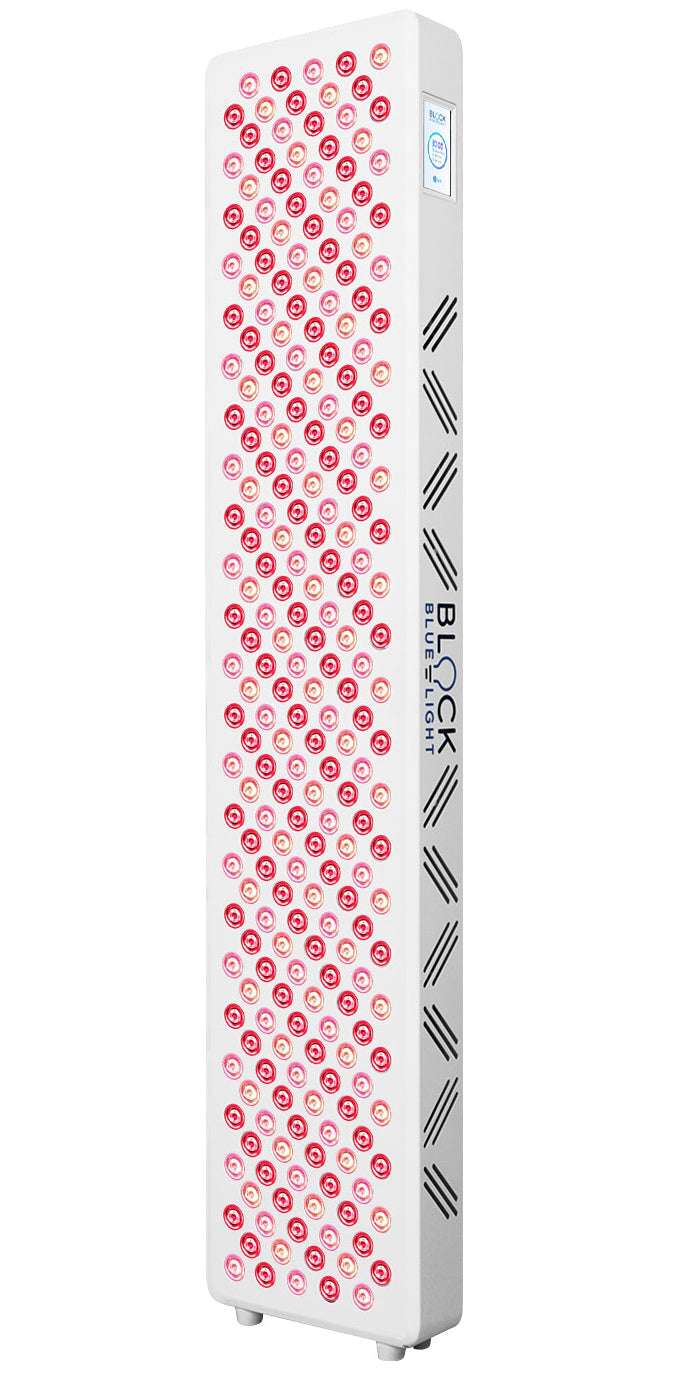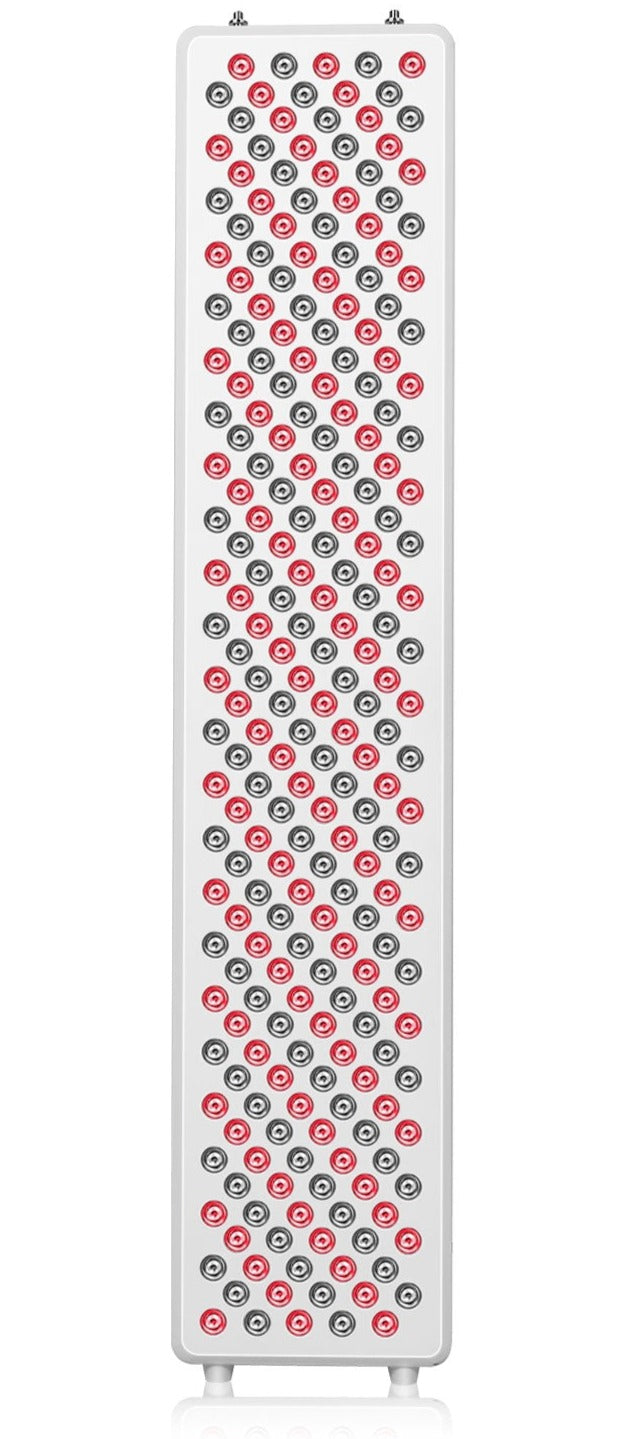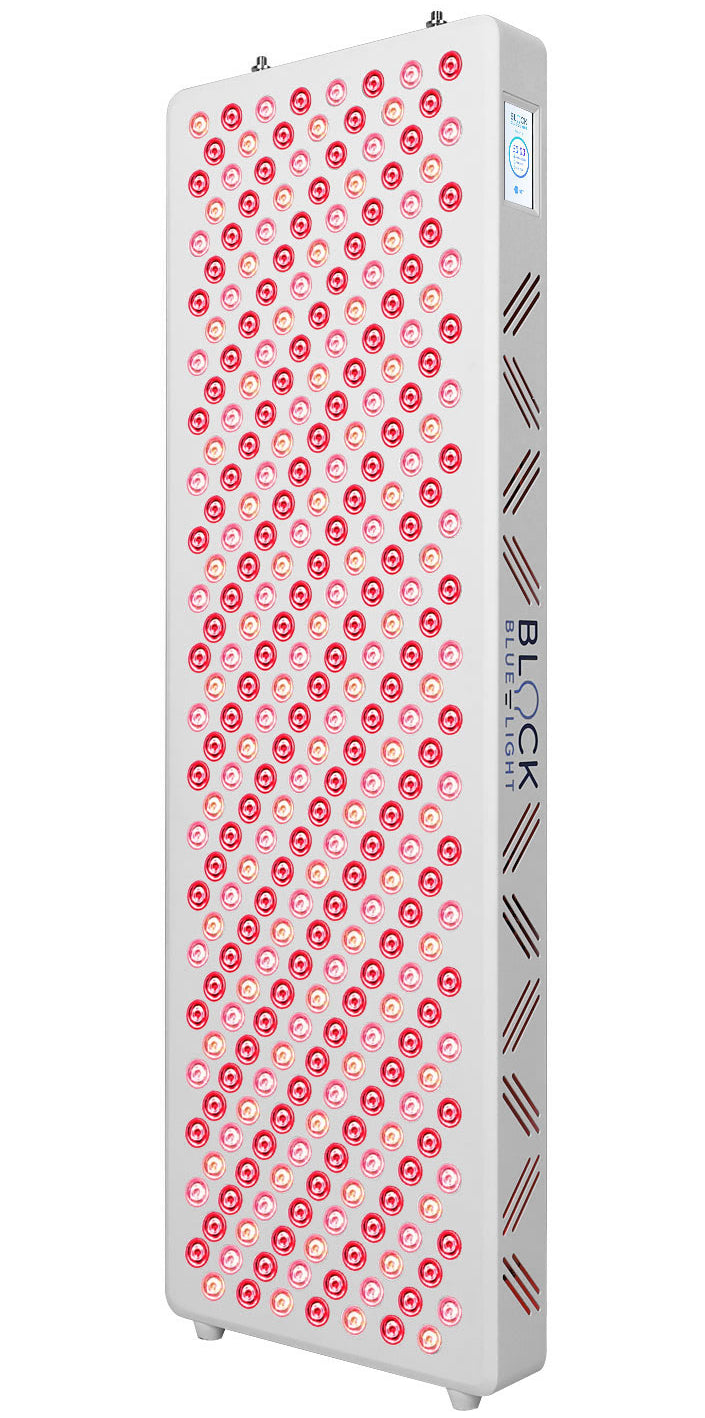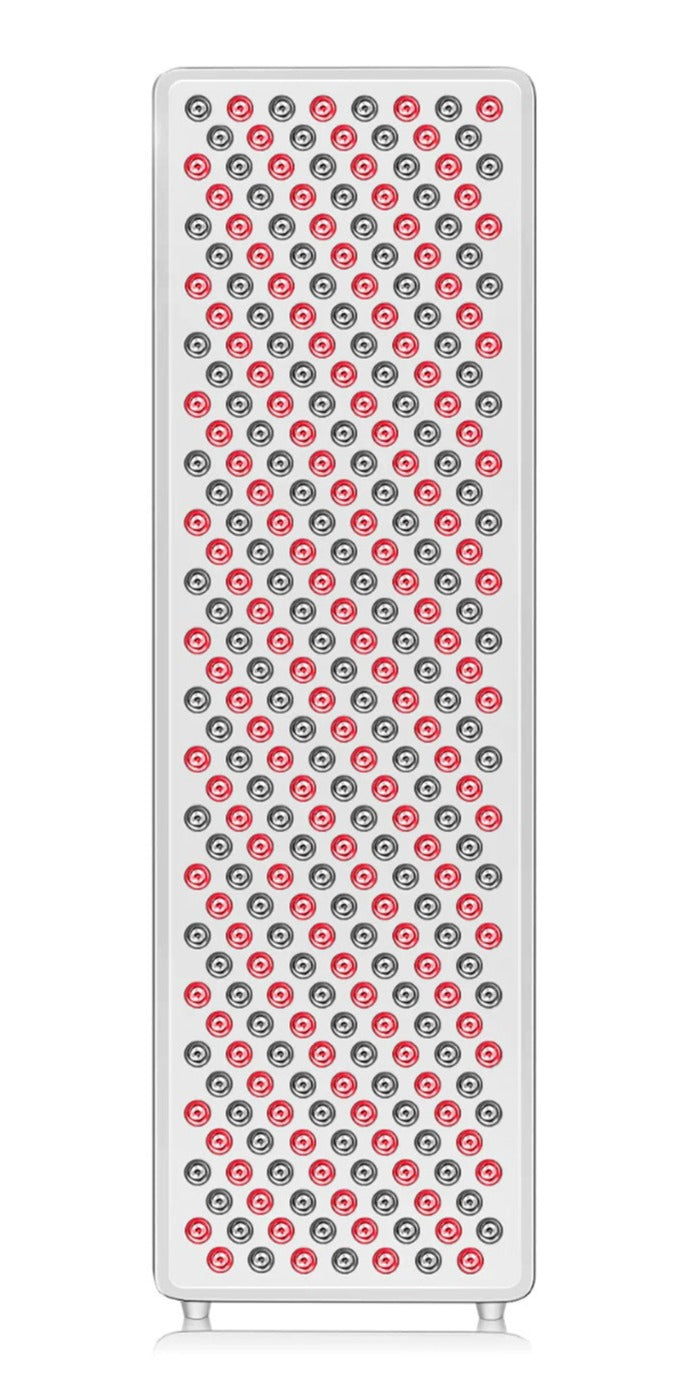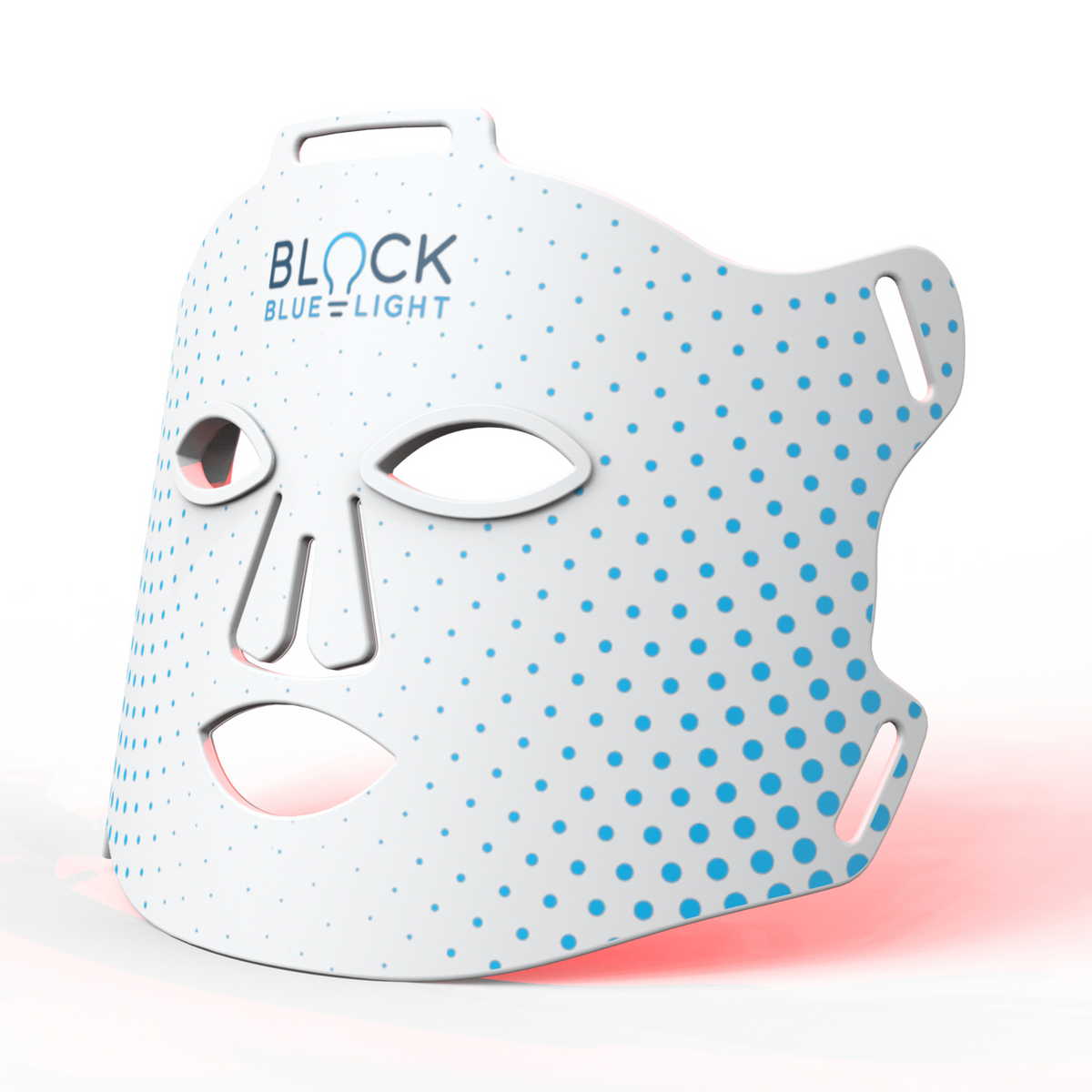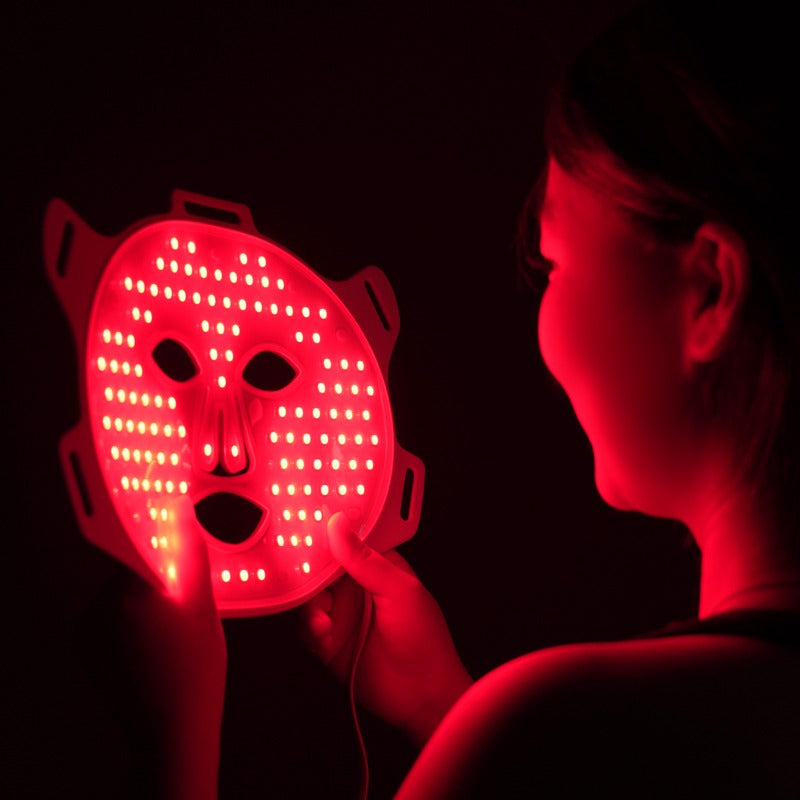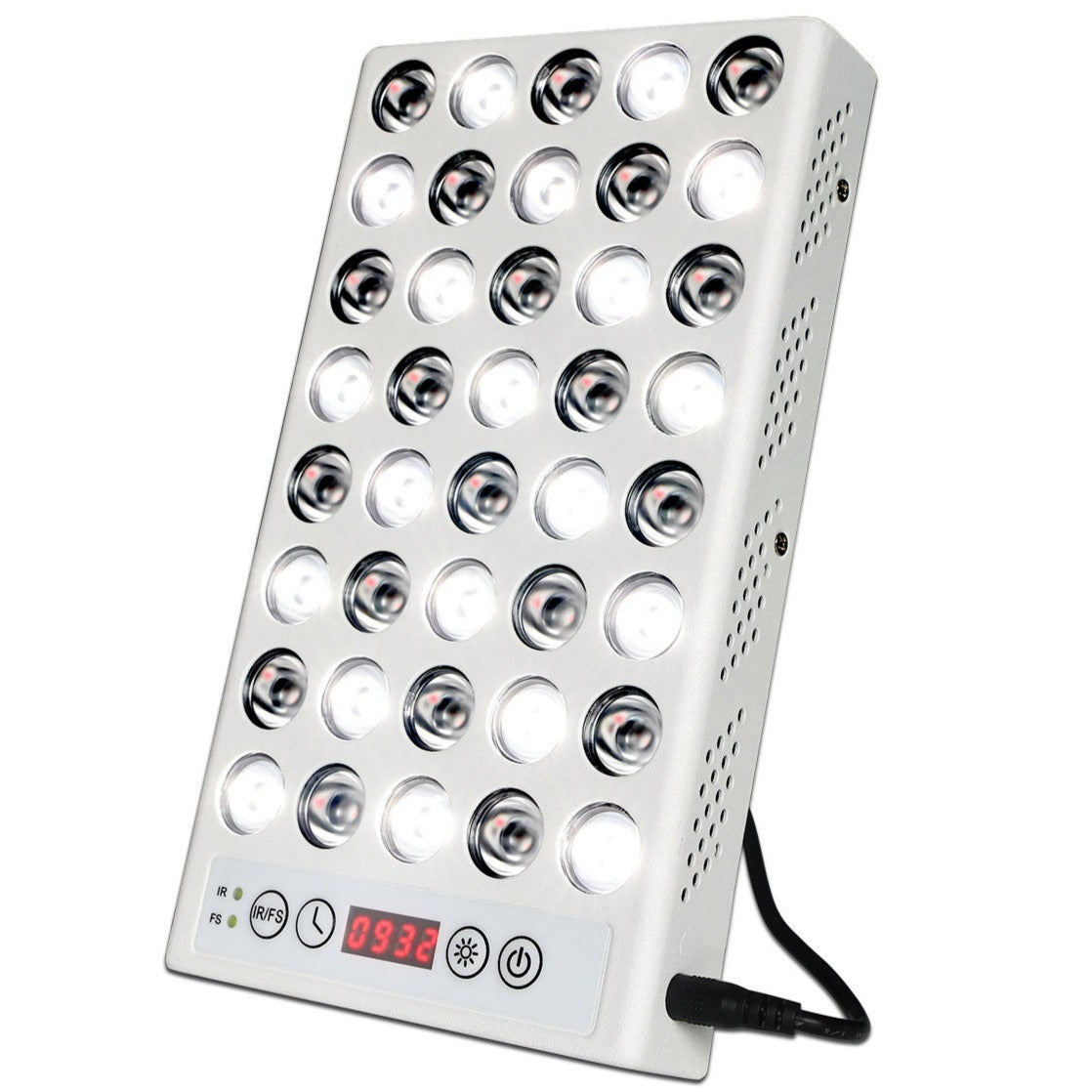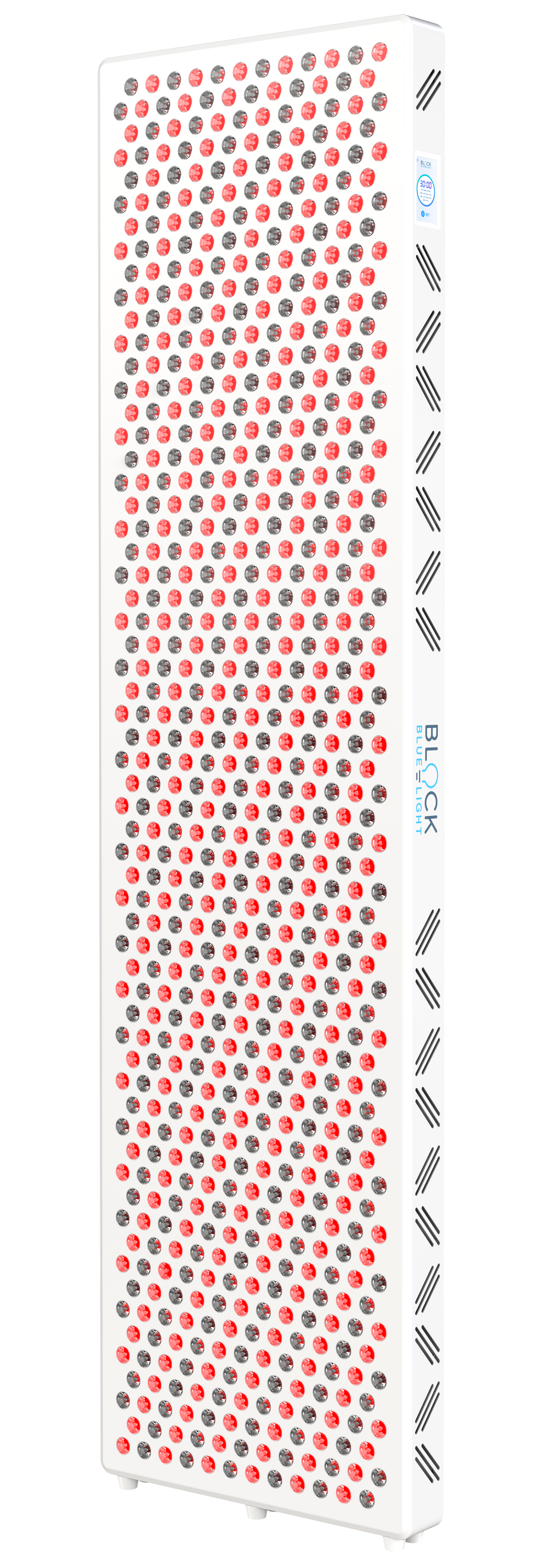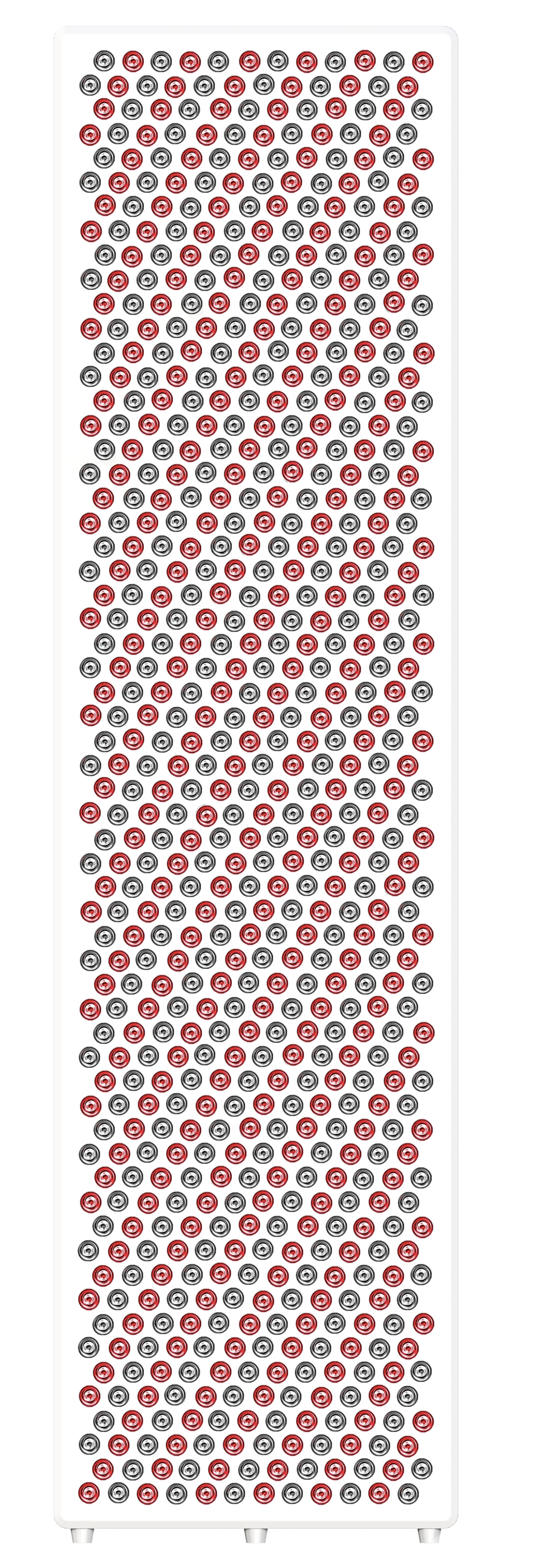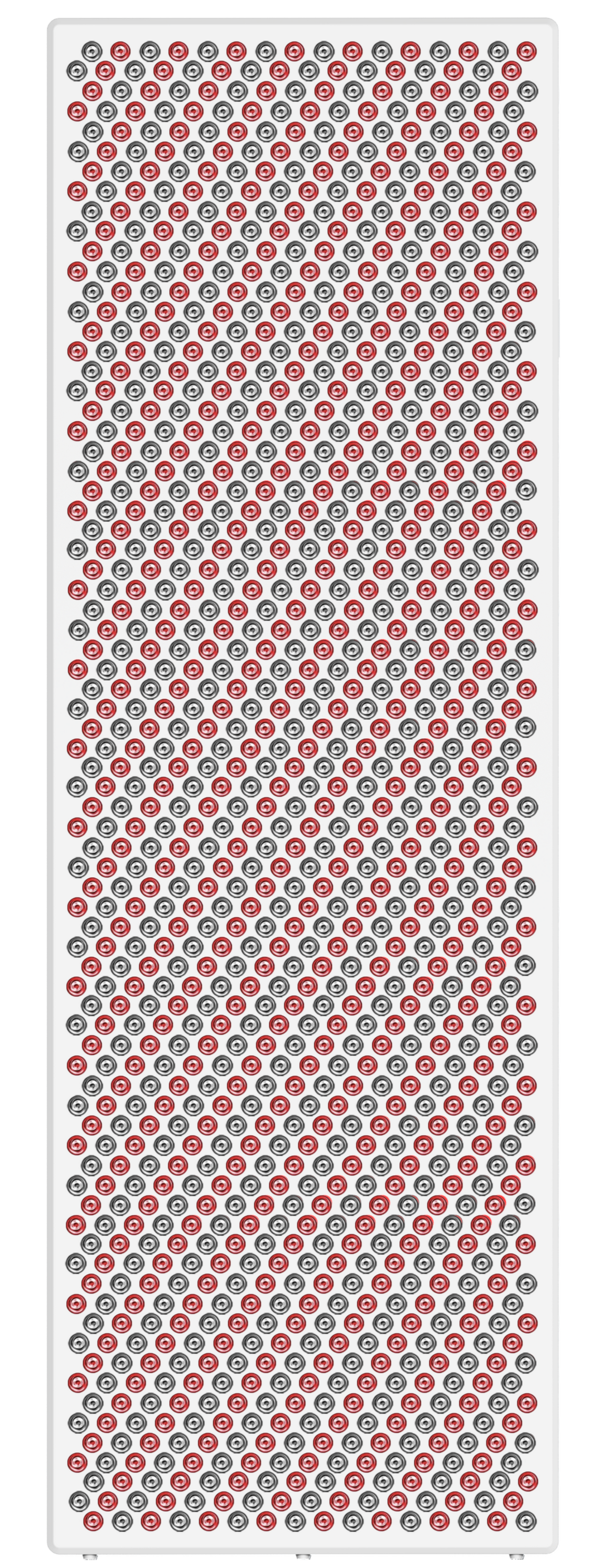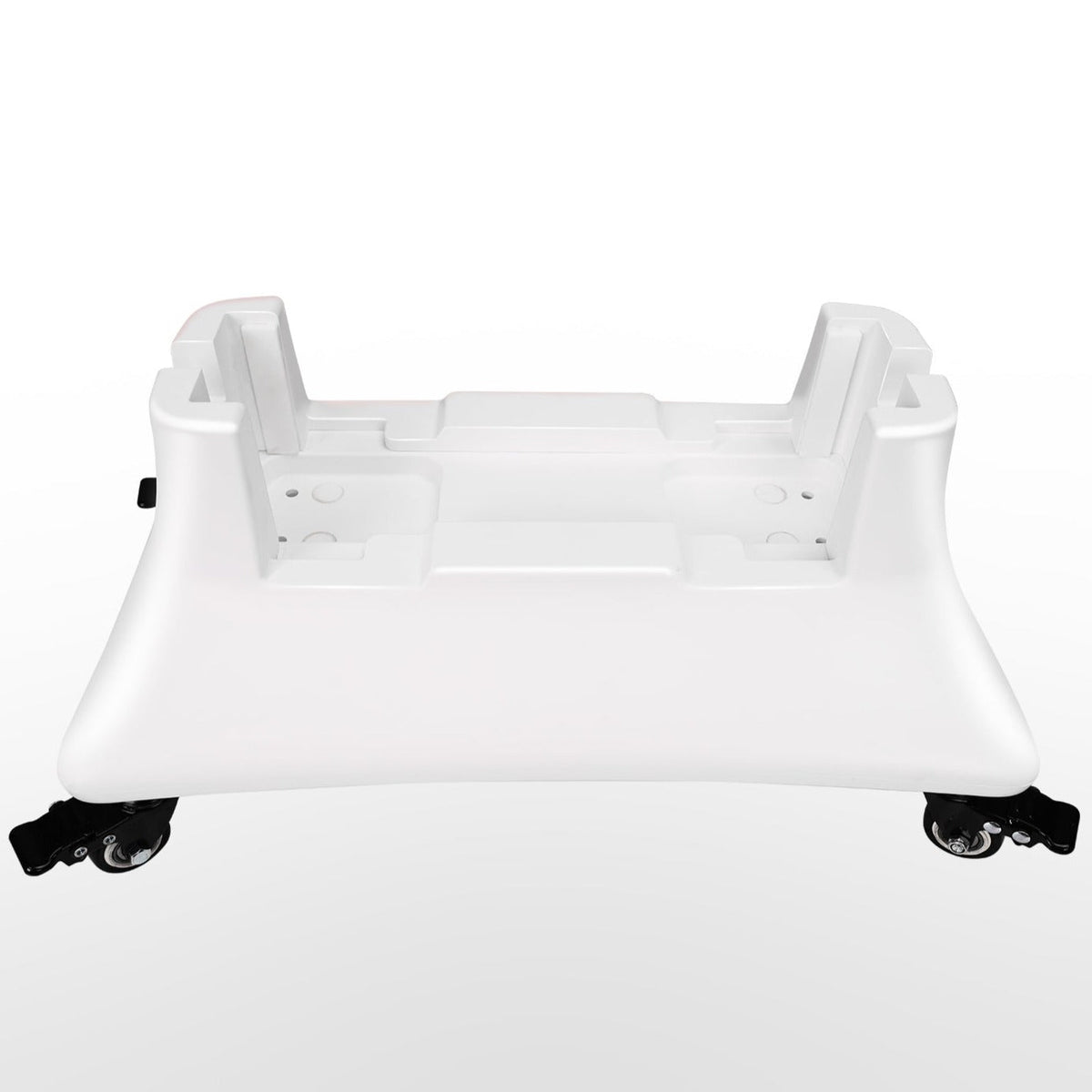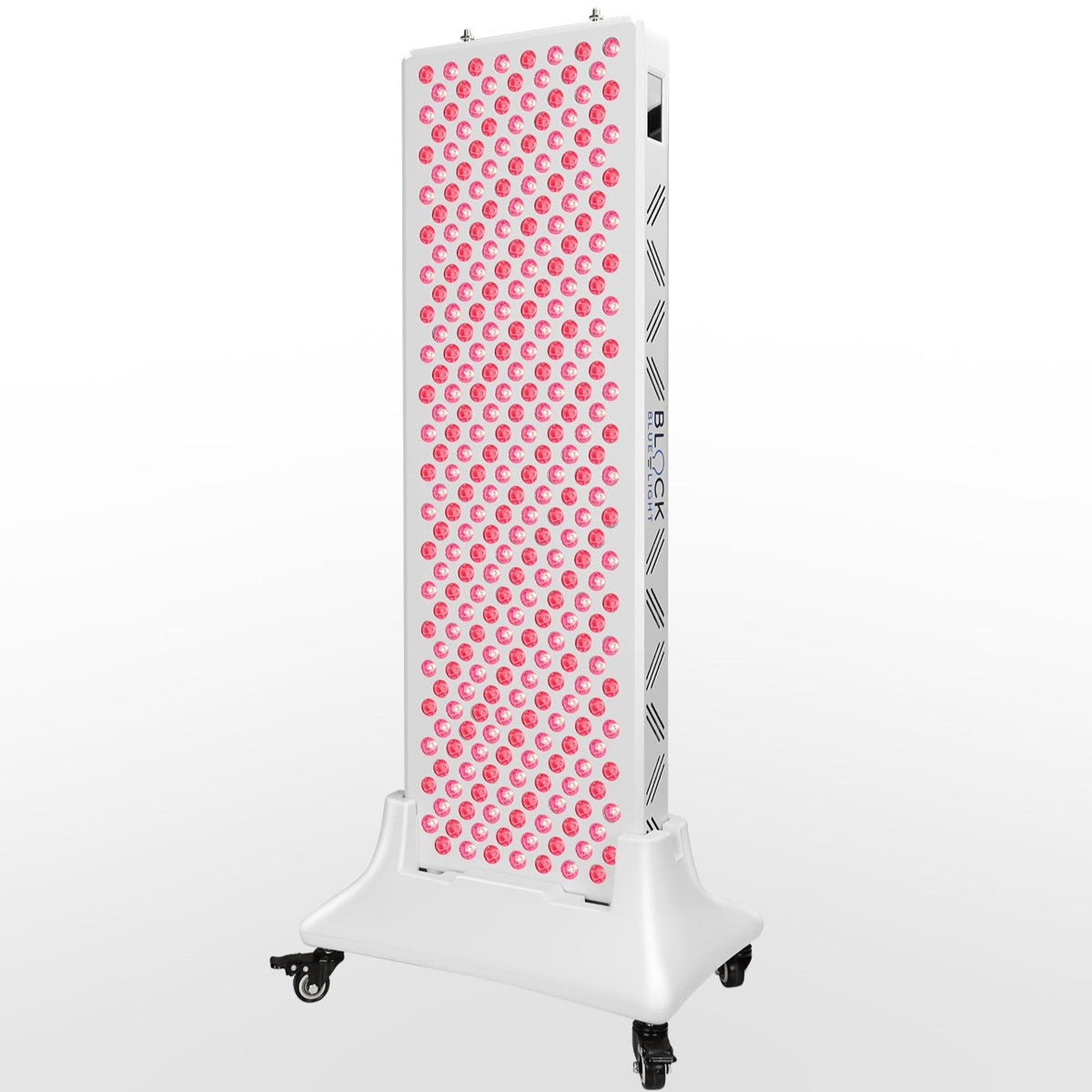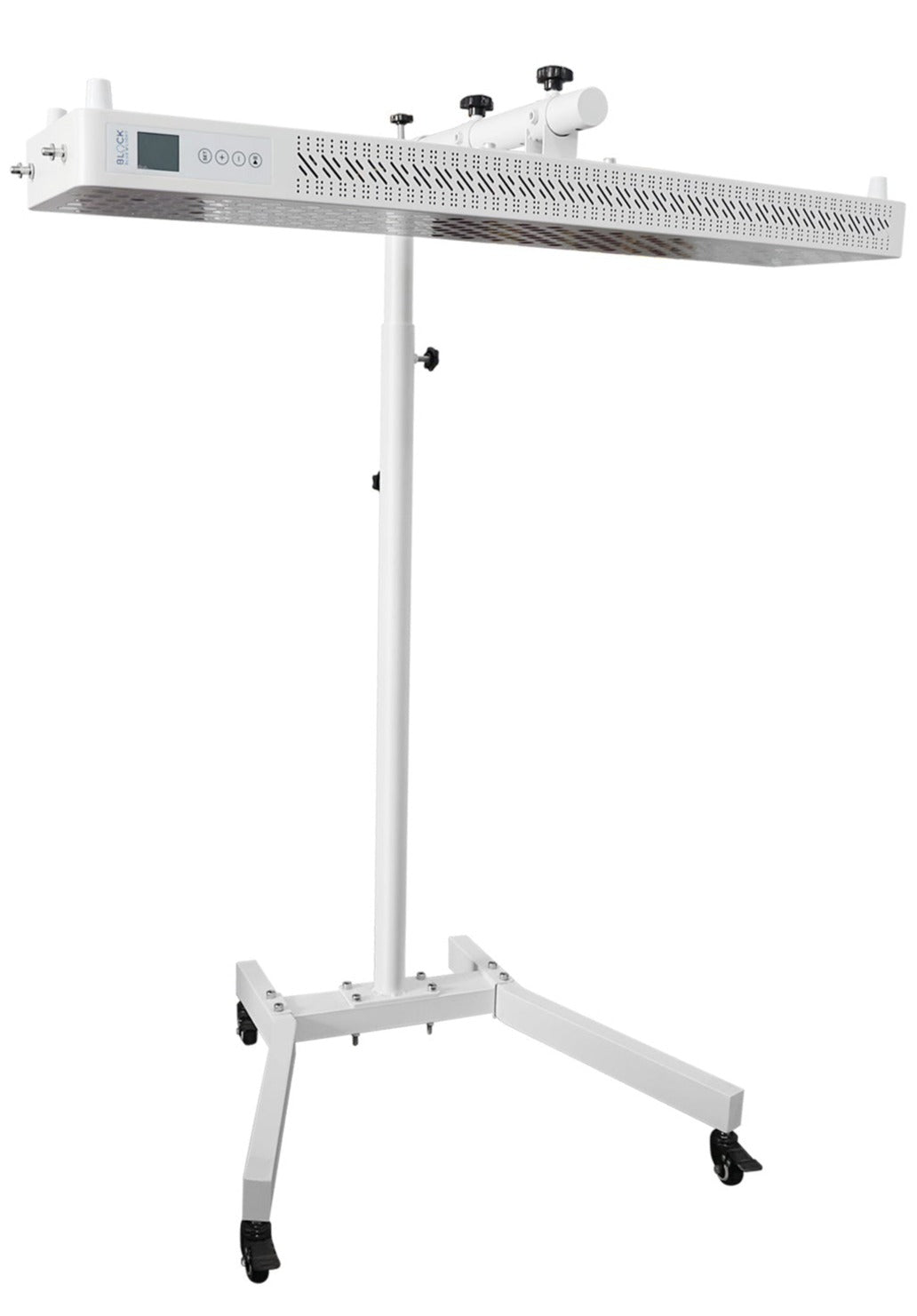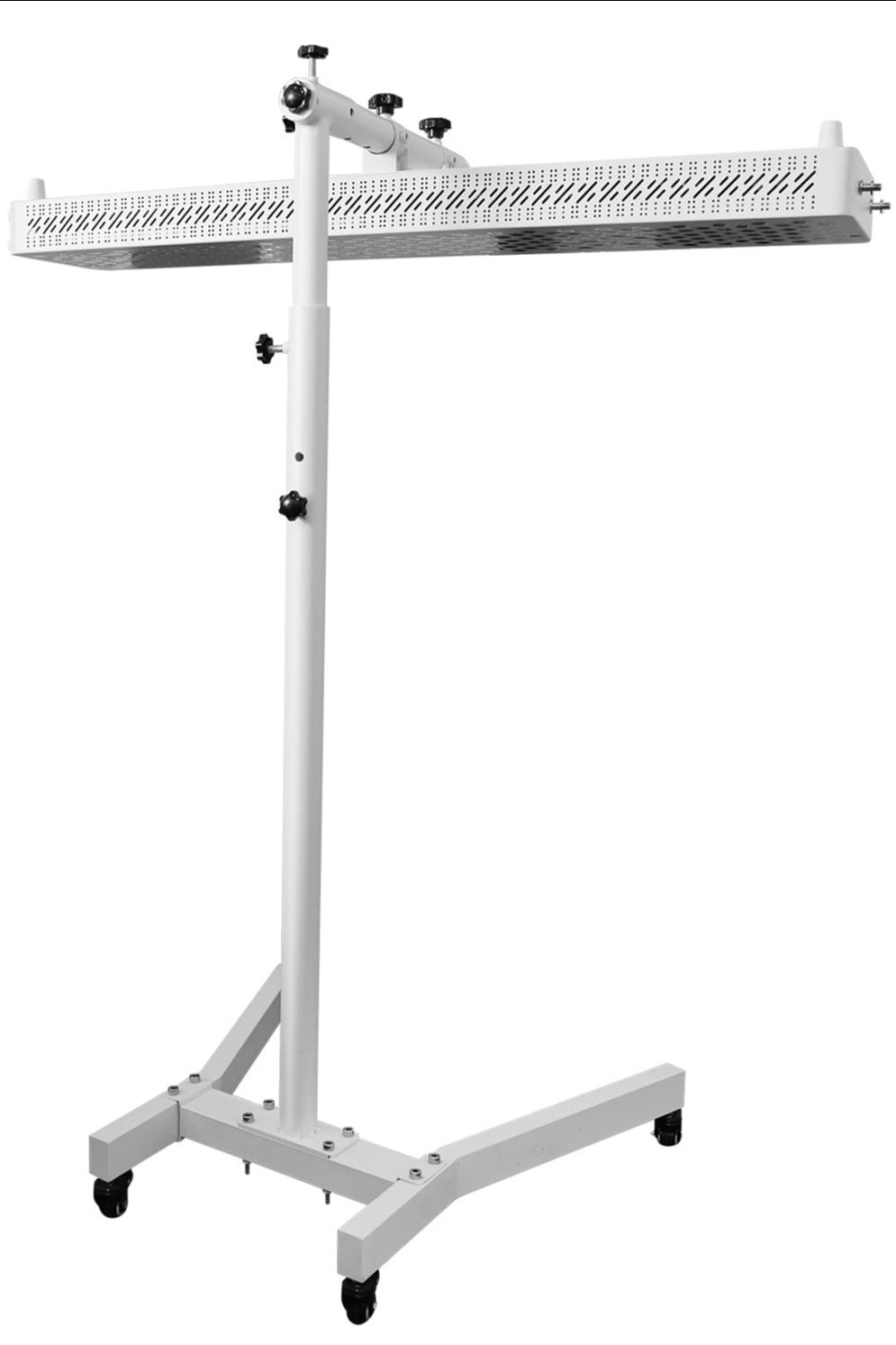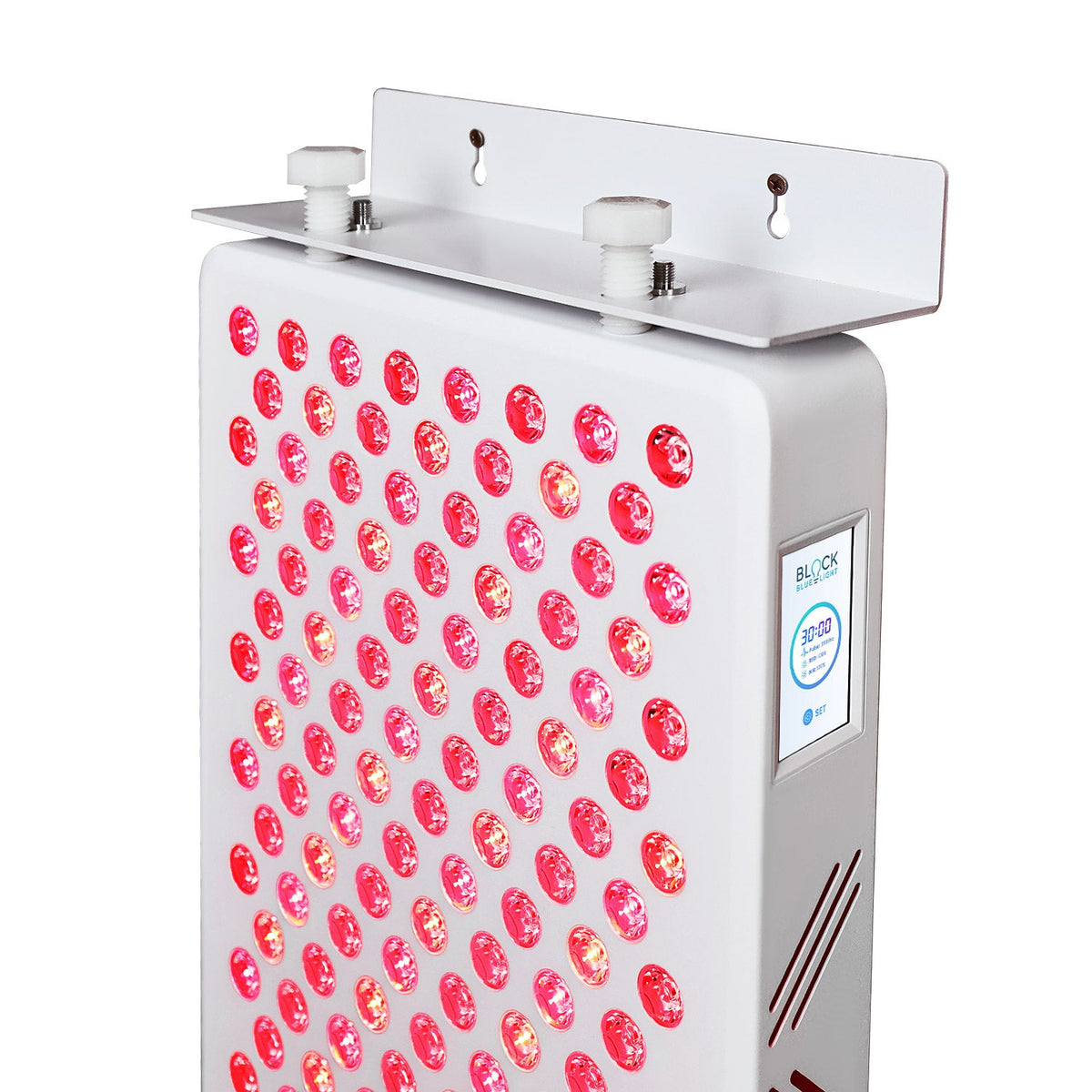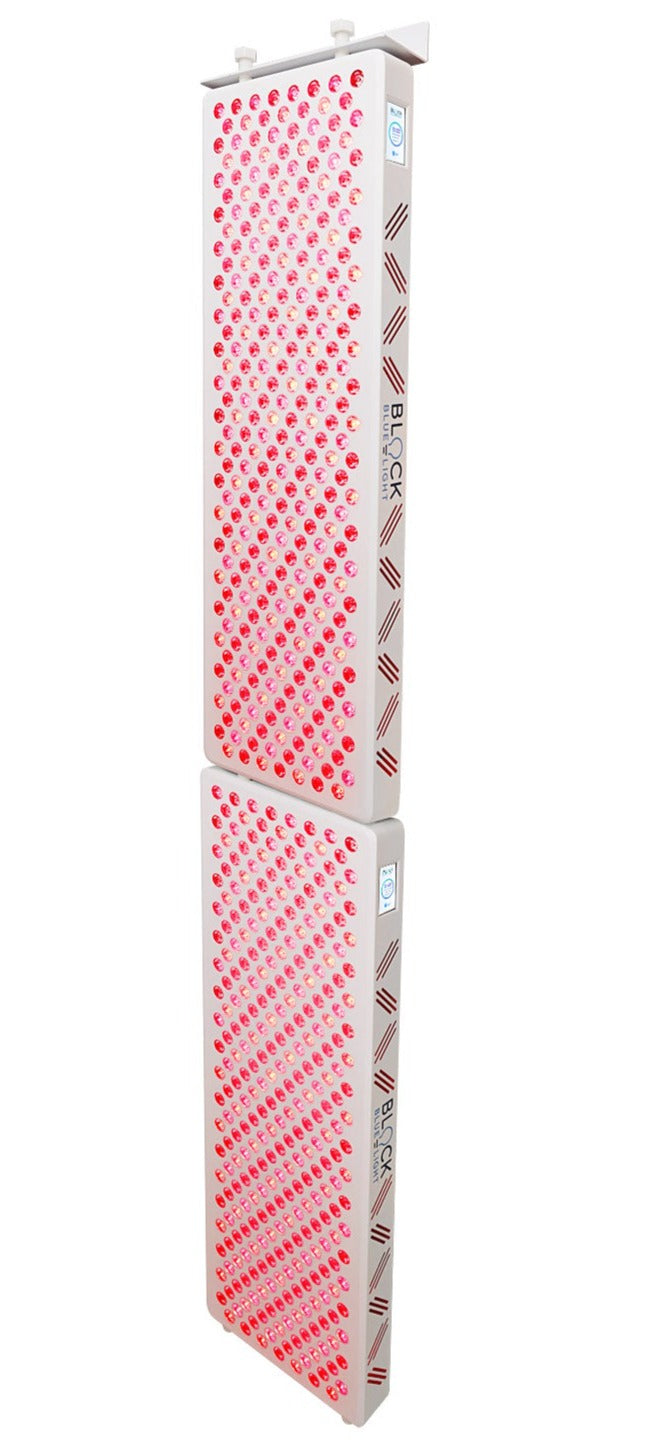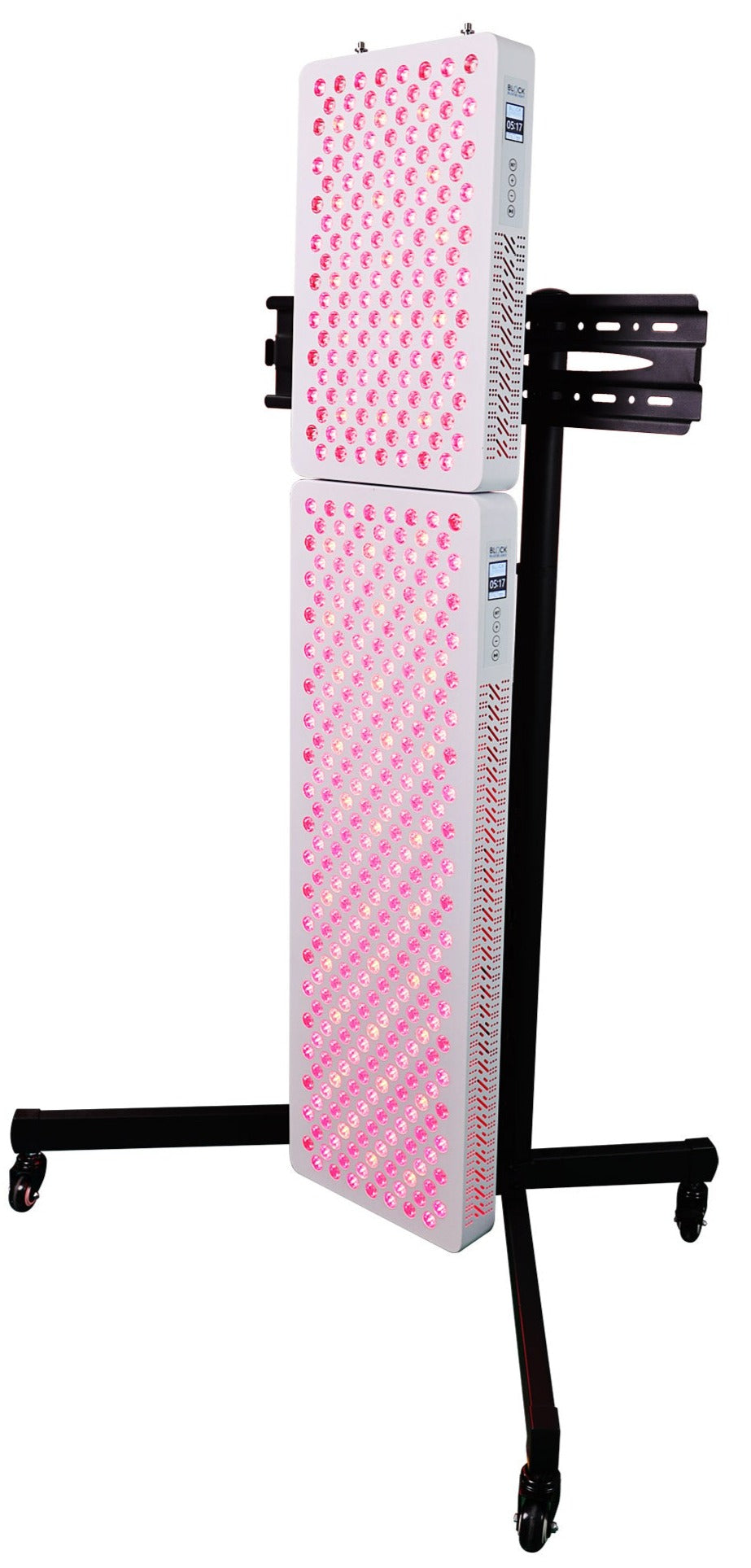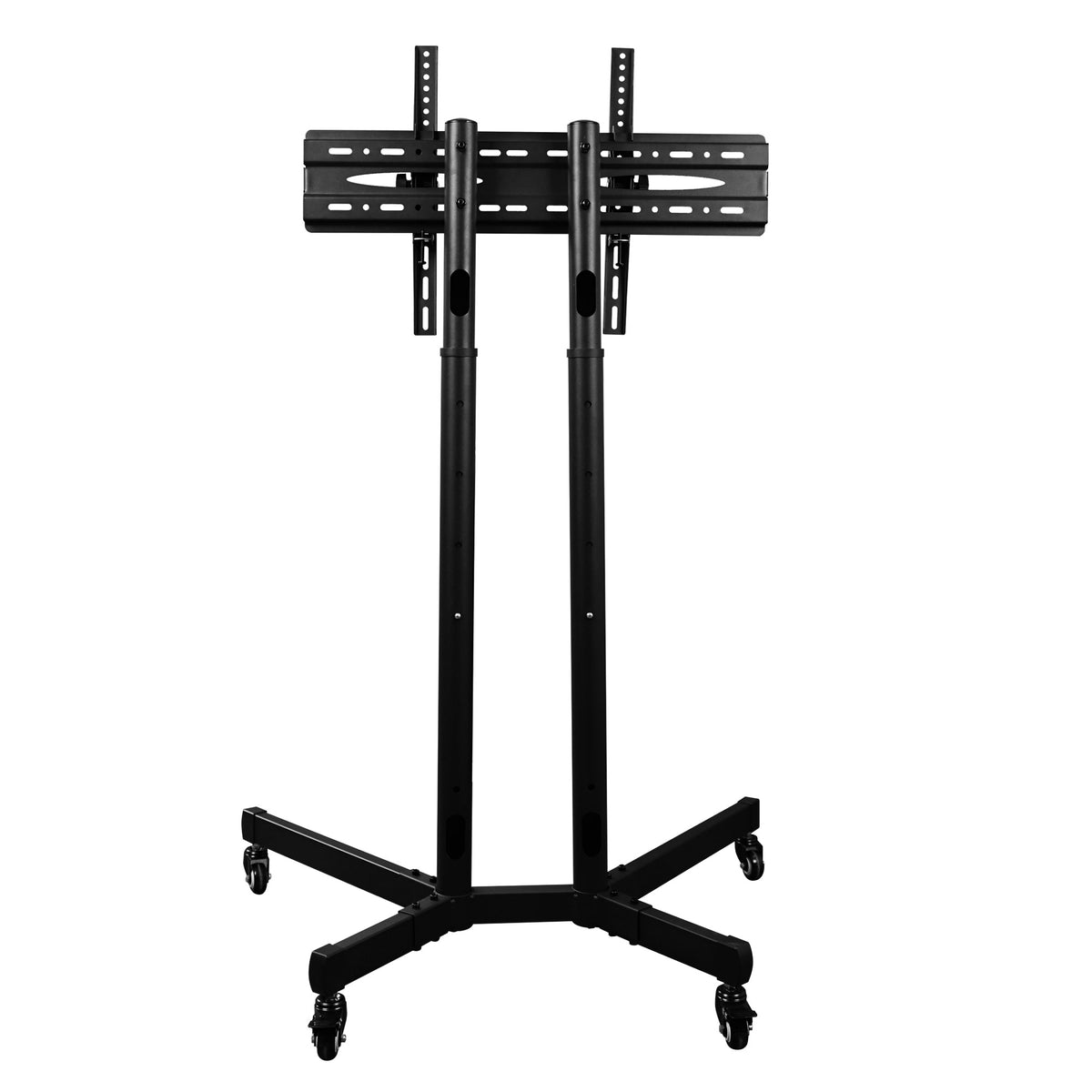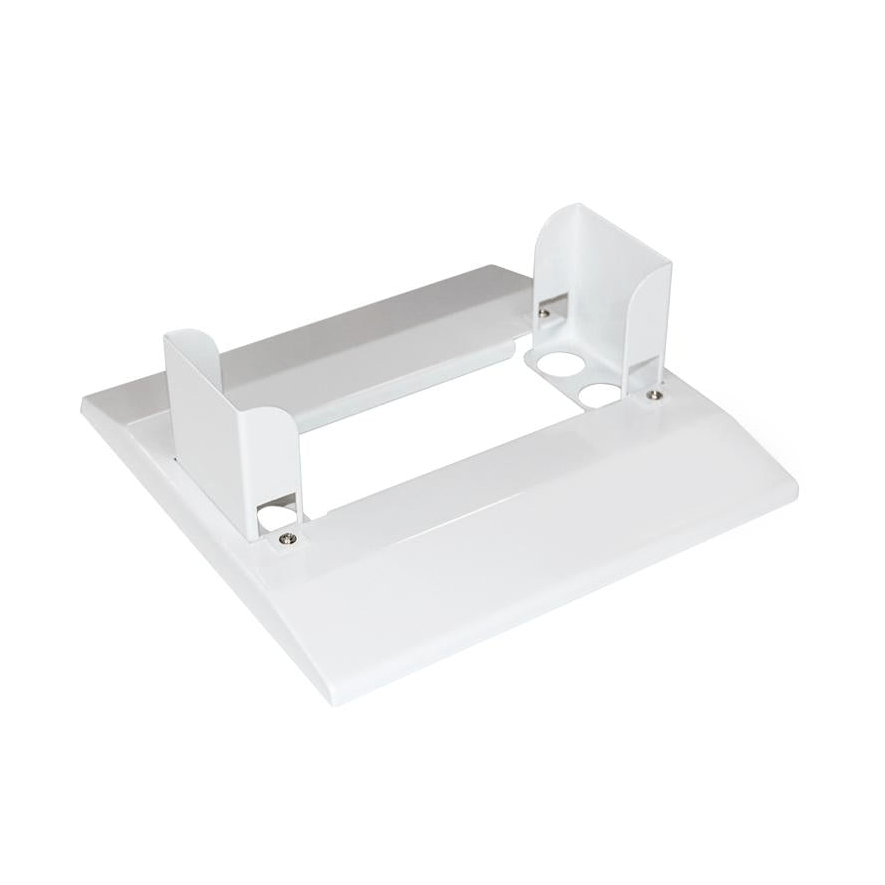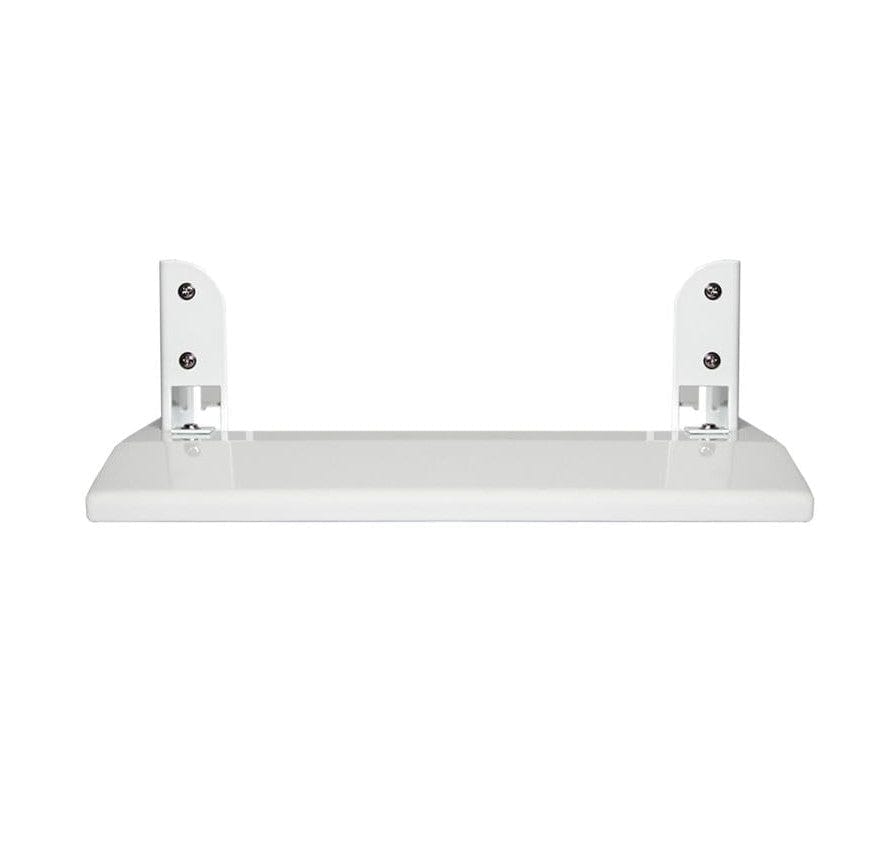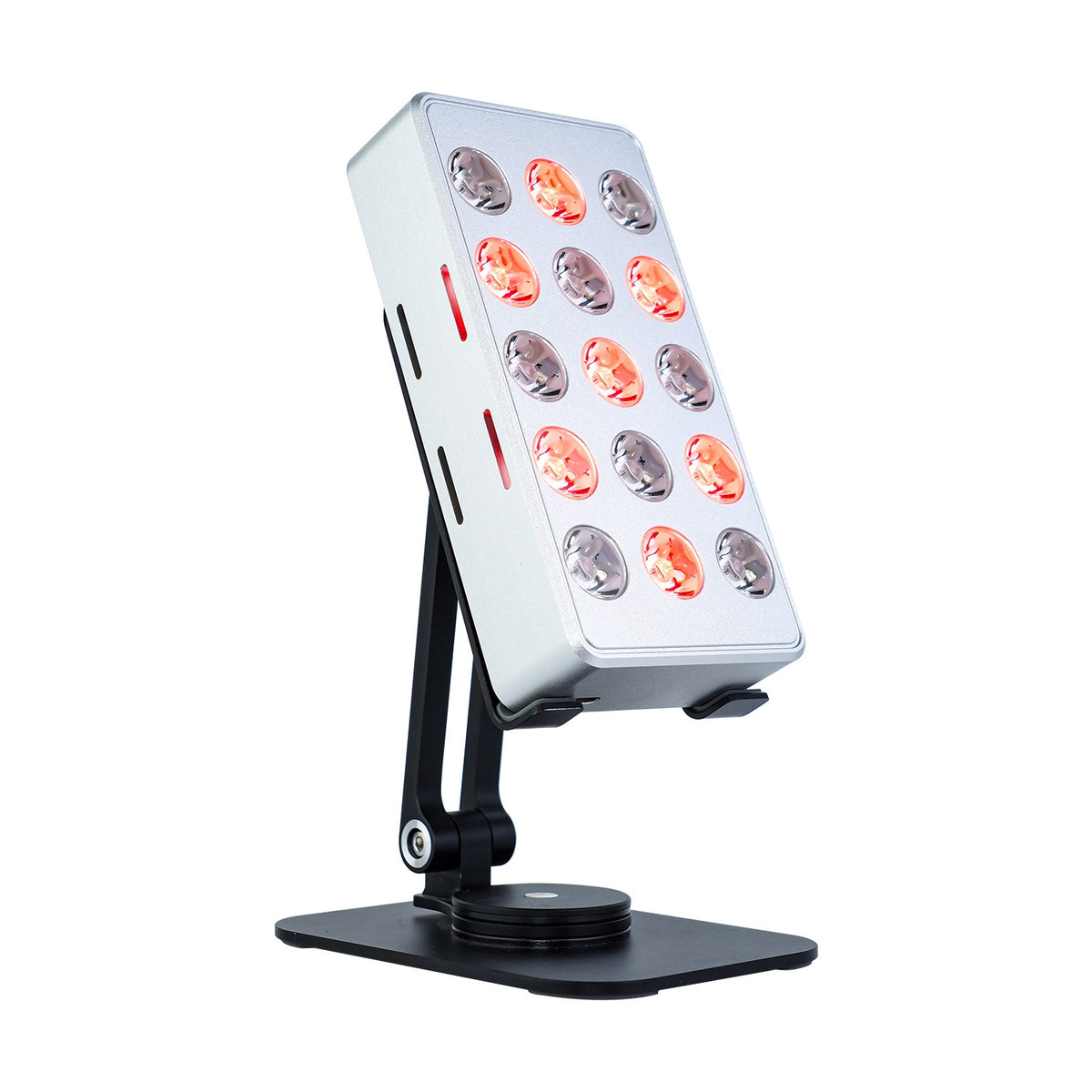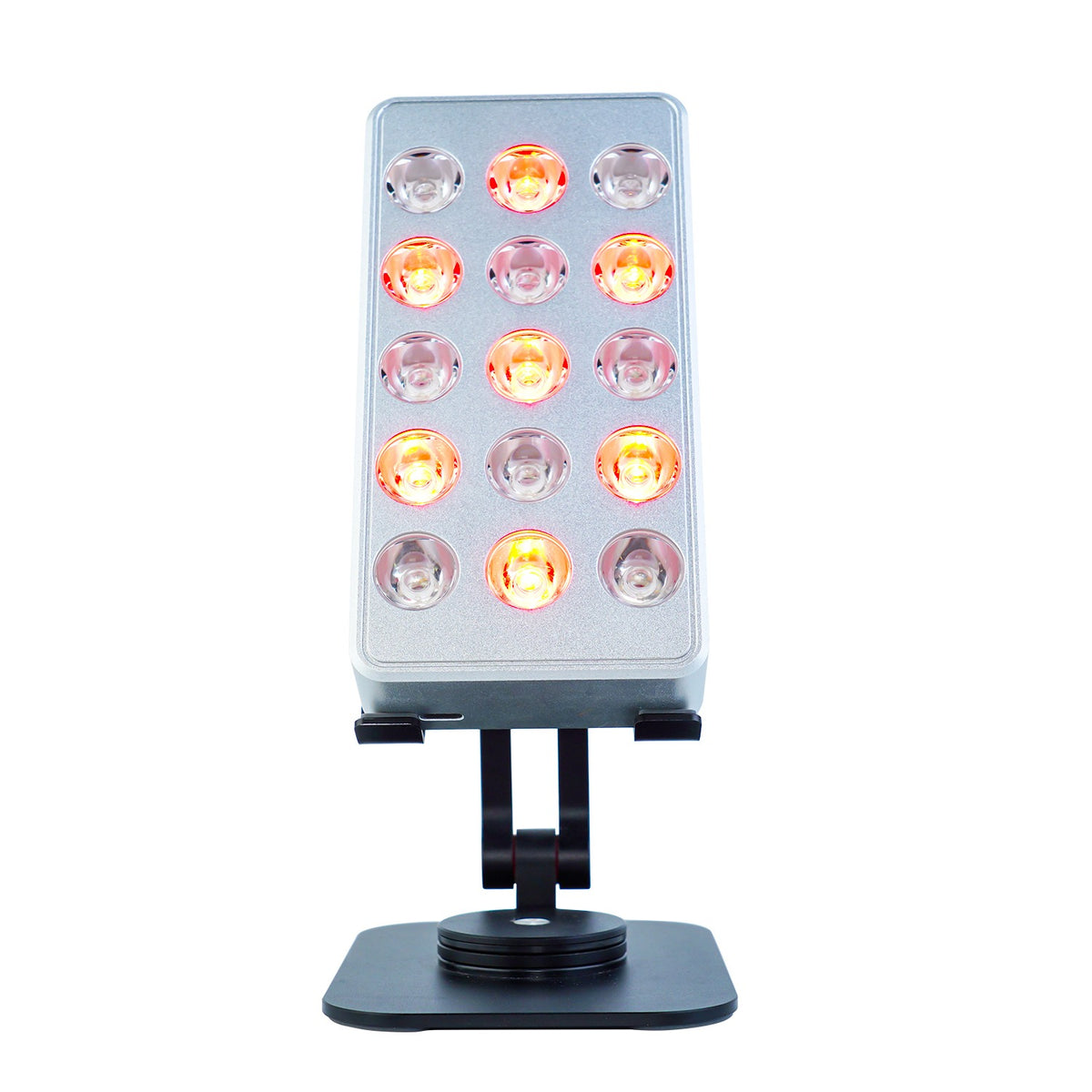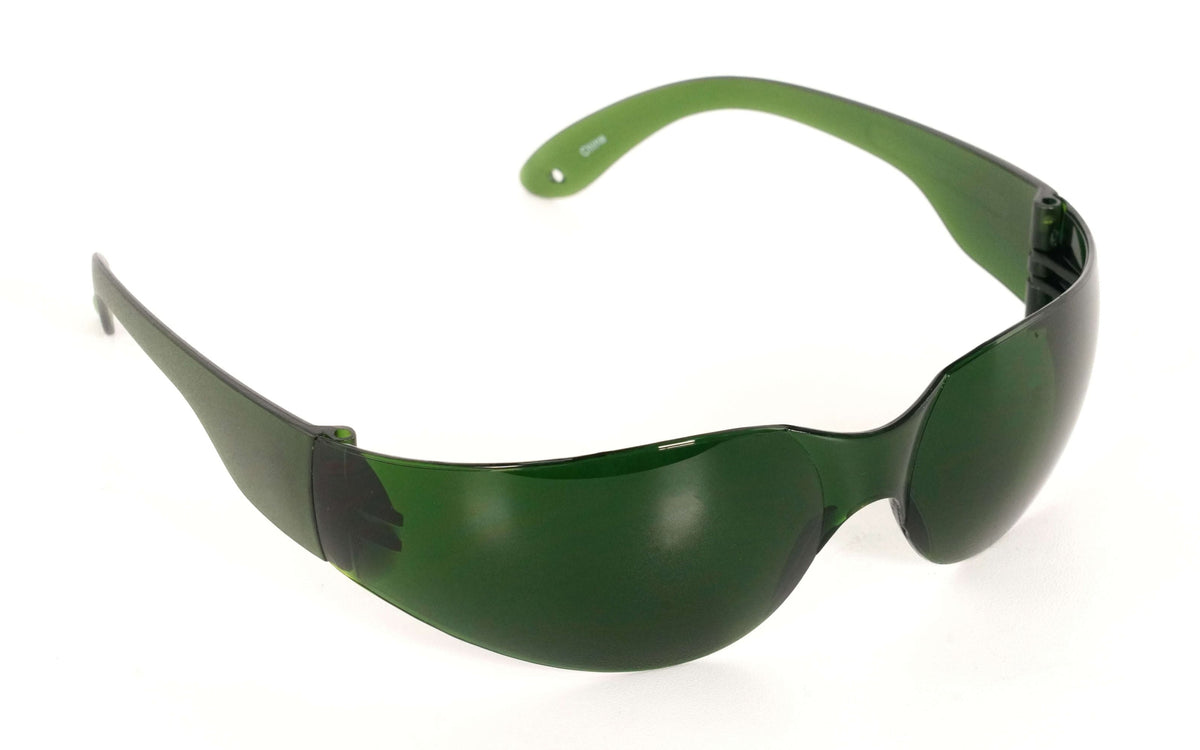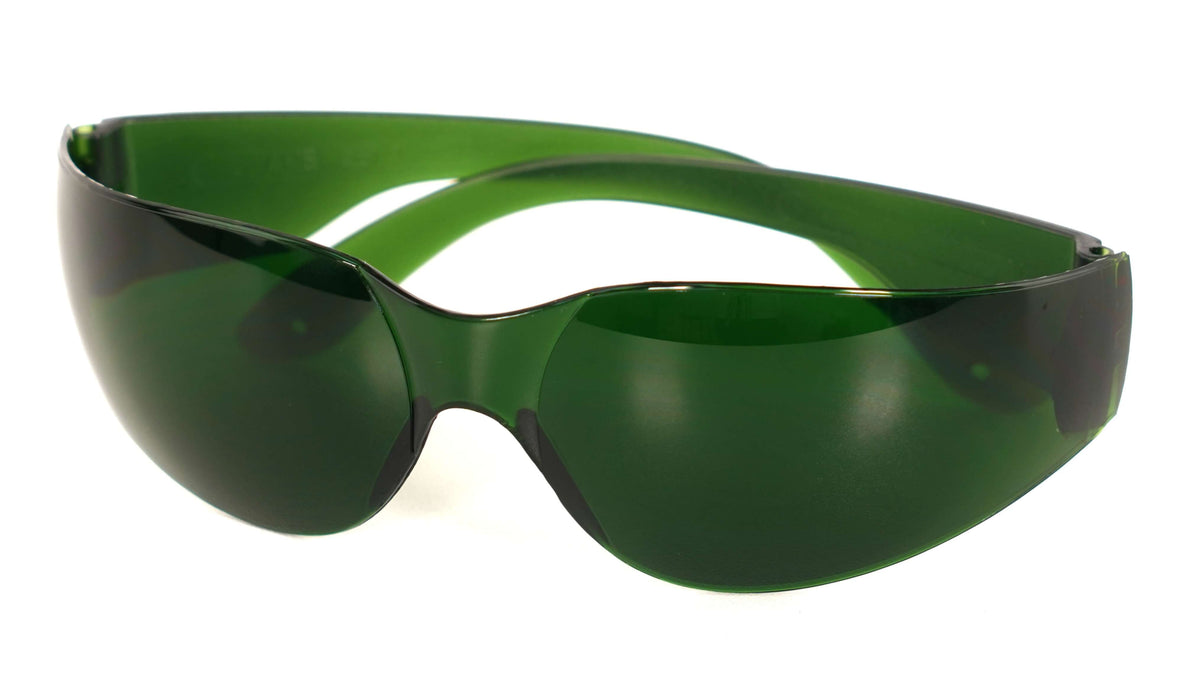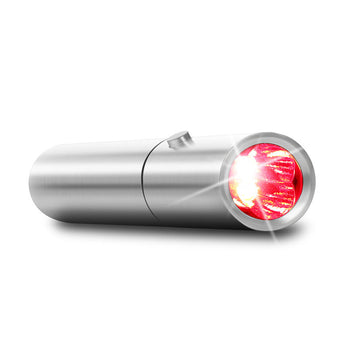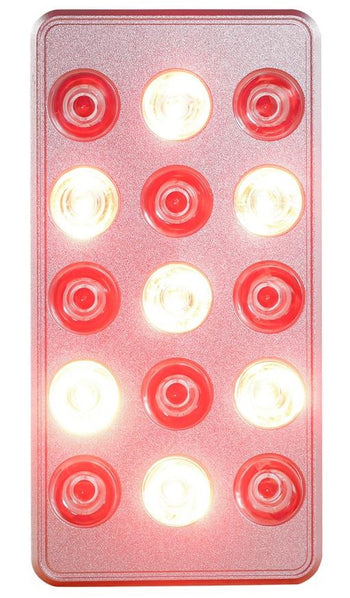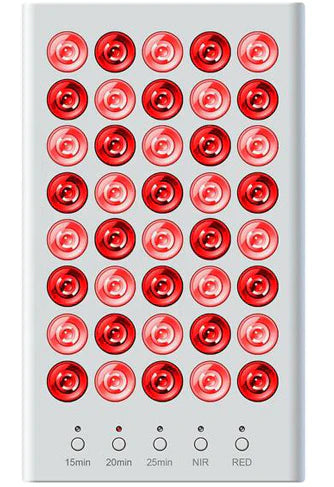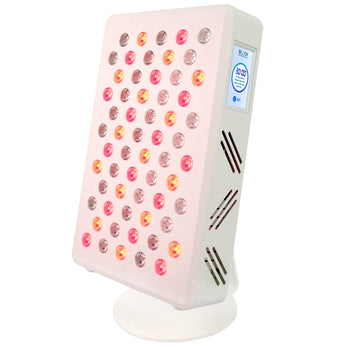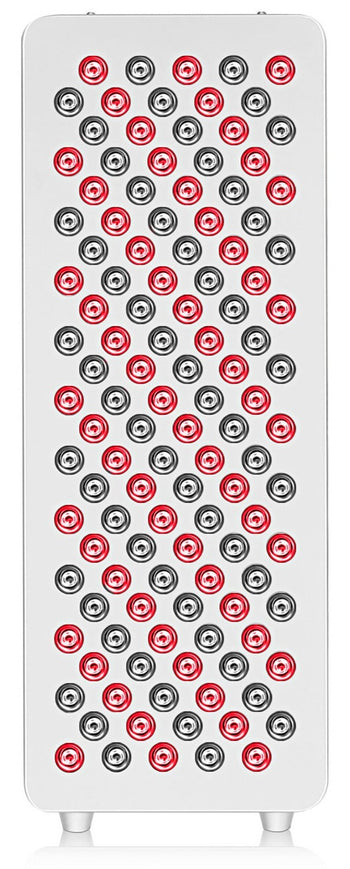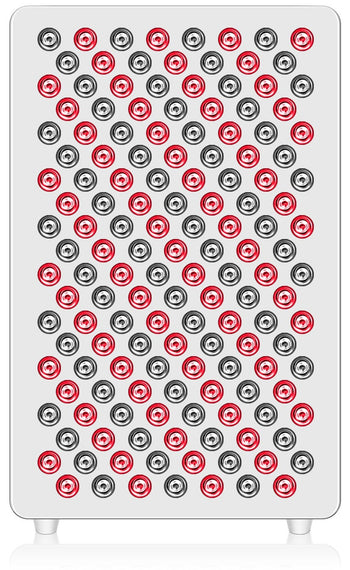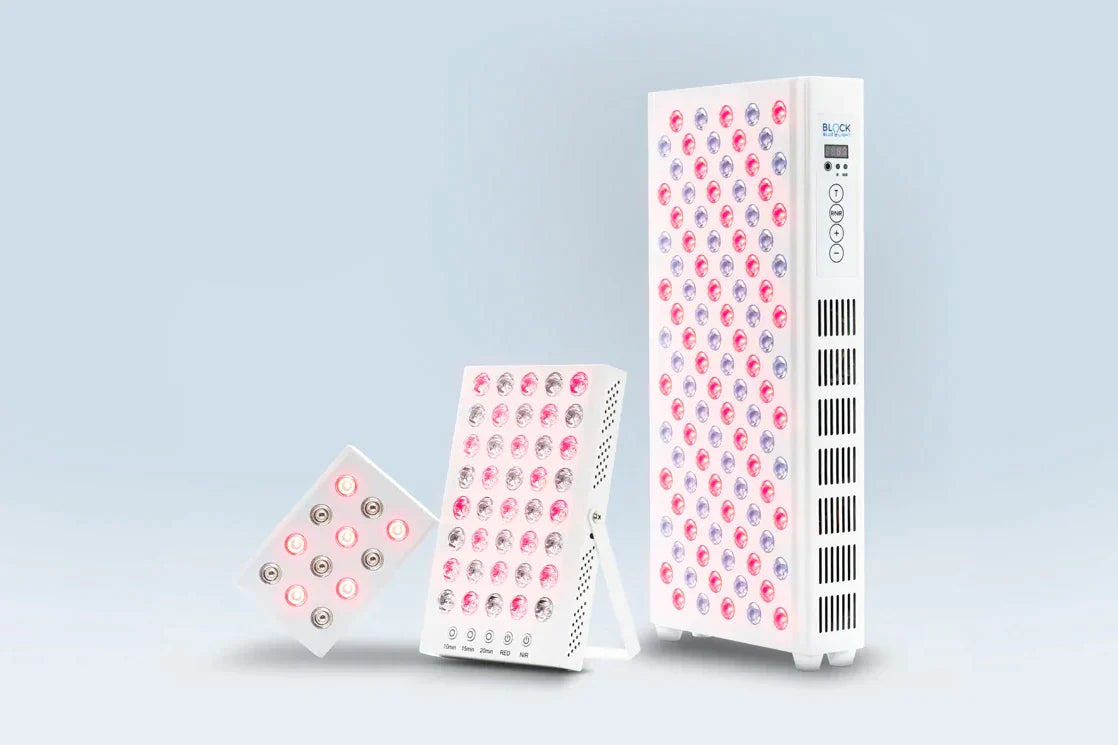
Red Light Therapy
Looking for the best red light therapy devices in the UK? At BlockBlueLight, we offer one of the most advanced ranges of red light therapy panels and portable devices designed for convenient at-home use. Red light and near-infrared light exposure have been widely studied for their potential to support overall well-being. Incorporating red light therapy into your daily routine may help promote healthy sleep patterns, support radiant skin, reduce the visible signs of aging, encourage a positive mood, enhance post-exercise recovery, and boost overall vitality. Whether you're looking to buy red light therapy for personal wellness or upgrade to the best red light therapy panels for your home, BlockBlueLight offers premium-quality options trusted across the UK. Explore our full range of red light devices and start experiencing the natural benefits of light exposure today!
read moreWhat is Red Light Therapy? also known as photobiomodulation (PBM), is a non-invasive approach that delivers specific wavelengths of red and near-infrared light to the skin and underlying cells. BlockBlueLight devices use carefully selected red and near-infrared wavelengths that have been widely studied for their potential to support cellular energy, promote natural recovery processes, and enhance overall well-being — without exposure to UV rays or harmful radiation.
Compare BlockBlueLight Red Light Therapy Devices
* Tested with Light Spectrometer to ensure accuracy for dosing purposes
** Tested with Solar Meter - this measurement is for competitor comparison purposes only and shouldn't be used for dosing purposes.
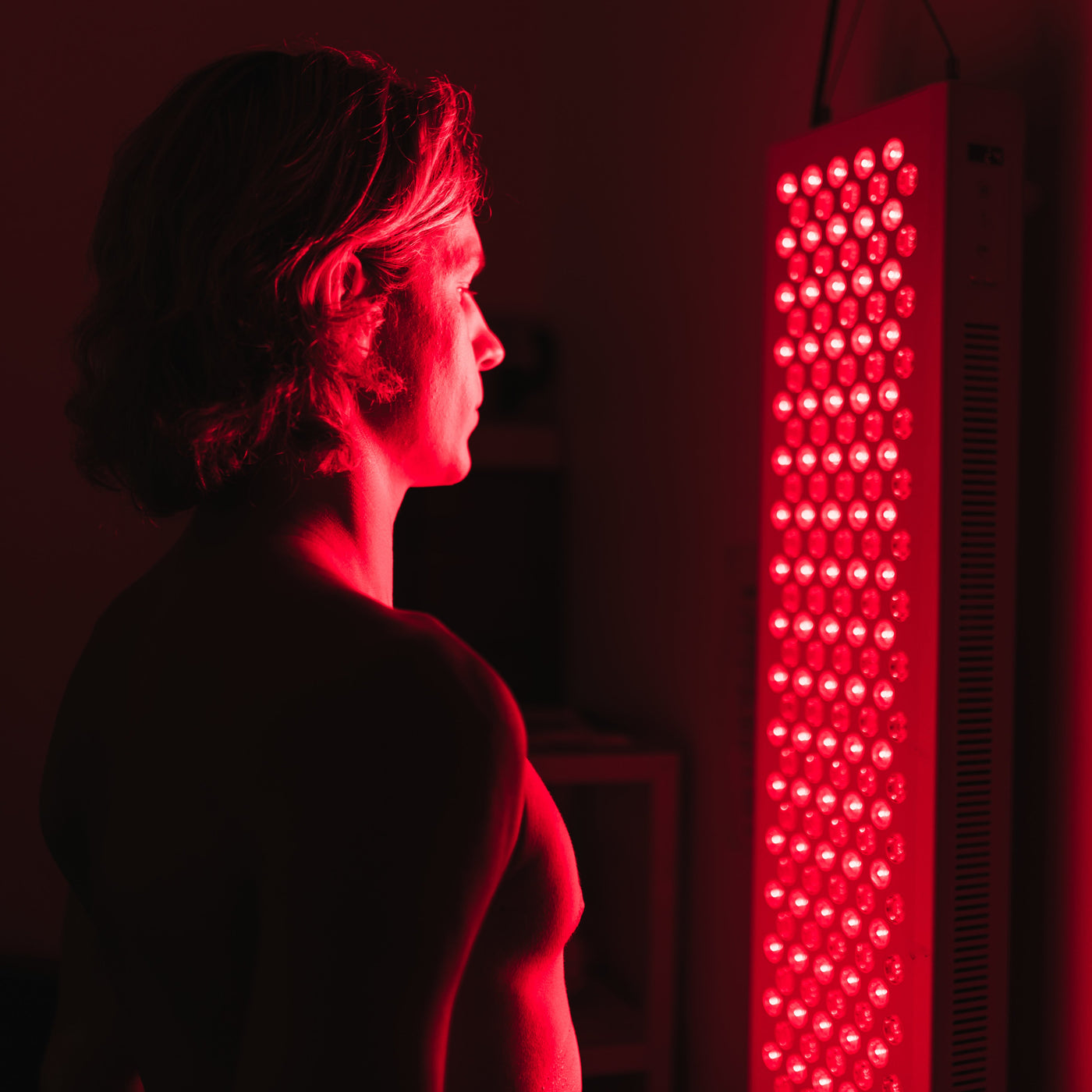
What Is Red Light Therapy?
Red Light Therapy is a non-invasive wellness approach that does not involve drugs or surgery. It uses specific wavelengths of light, the same types of light naturally emitted by the sun, to support overall wellness. Red light therapy involves emitting concentrated red and near-infrared wavelengths, which can reach deeper layers of the skin and underlying tissues. These wavelengths have been extensively studied for their potential to support a variety of wellness goals. Our Red Light Therapy Panels and Devices focus and deliver these beneficial light wavelengths at higher concentrations than what is typically experienced through natural sunlight exposure.
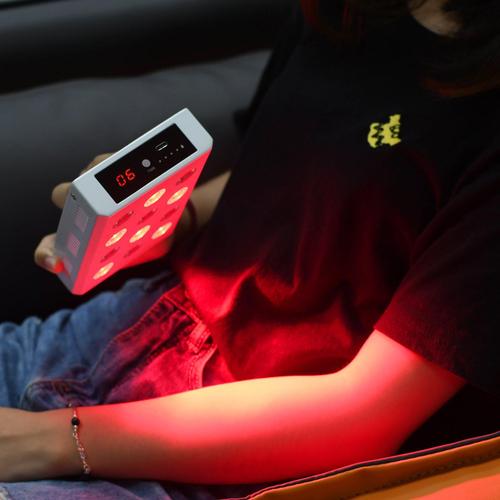
How Does Red Light Therapy Work?
Red Light therapy works at the cellular level, in your mitochondria. They're the powerhouses of your cells, always hard at work making more ATP (adenosine triphosphate) energy to fuel your body. The photons in red and near infrared light excite the electrons involved in cellular respiration, breaking up nitric oxide bonds and letting hydrogen and water move through the process. The more efficiently your cells create ATP energy through cellular respiration, the better your cells function on all levels, and the better your body feels and performs. That's a pretty simplified version of an extremely complex, microscopic process in your cells.
FAQ's for Red Light Therapy at Home
Red light is primarily absorbed by the surface layers of the skin and hair, where it may help support skin vitality and promote a healthy, youthful appearance. Near-infrared (NIR) light, by contrast, penetrates deeper into subcutaneous tissues, reaching muscles, joints, and other deeper structures. This deeper light exposure is believed to help support natural cellular energy production and encourage overall wellness by promoting relaxation, recovery, and healthy tissue function.
Yes, eye protection is recommended, especially when facing the light directly. BlockBlueLight's devices are very bright, and the provided safety goggles should be worn to protect your eyes from the intense light. While modest amounts of red and NIR LED light may benefit certain eye conditions, it is important not to stare directly into the LEDs.
LEDs emitting near-infrared light appear off because this light is invisible to the human eye. Although you may not see the light, the LEDs are functioning and delivering therapeutic energy as designed. Near-infrared light (800-900nm) is just beyond the visible spectrum (400-700nm), so you might see a faint pinkish hue or a small pink dot, indicating that the LEDs are working properly and providing effective treatment.
Infrared saunas emit a different spectrum of wavelengths primarily focused on generating heat. They use mid and far-infrared wavelengths (IR-B and IR-C), which primarily heat the skin's surface and the top layer of the skin. In contrast, red light therapy devices emit red and near-infrared wavelengths (IR-A) with high concentration, which penetrate deeper into the subcutaneous tissue and enhance mitochondrial function. This results in improved energy production within cells, promoting overall vitality without significant heat generation.
While natural sunlight offers benefits, it's not always practical to spend sufficient time in the sun, especially with clothing limitations and unpredictable weather. Red light therapy provides a concentrated form of beneficial wavelengths that can be easily integrated into your daily routine at home. It delivers consistent and targeted light exposure, ensuring therapeutic benefits without the variability of sunlight. Additionally, red light therapy can be used regardless of weather conditions or seasonal changes, offering a reliable and convenient alternative to sun exposure.
Red light therapy can be utilized at any time during the day. Many users find morning sessions beneficial as it can help energize and prepare them for the day. Additionally, red light therapy can be used before or after workouts to enhance performance and aid in recovery. The flexibility of red light therapy allows you to incorporate it into your routine at a time that best suits your schedule and needs.
For effective red light therapy, position yourself 15 to 50 cm away from the light source. The duration of each session should be between 10 to 20 minutes. The closer the light source is to your body, the more intense the irradiation power, which can shorten the required treatment time. Conversely, increasing the distance will reduce the irradiation power but cover a larger area, necessitating longer sessions. Adjust the distance based on the area being treated and your individual response to the therapy.
Yes, it is possible to overdose on light. Red light therapy follows a biphasic dose-response, where too little light has minimal effect, the optimal dose provides maximum benefits, and excessive light diminishes the positive effects. To avoid overdosing, adhere to the recommended guidelines: position yourself 15 to 50 cm from the light for 10 to 20 minutes per area. Monitor your individual response and adjust the distance or session duration as needed. Everyone's sensitivity to light varies, so it's important to find the balance that works best for you.
